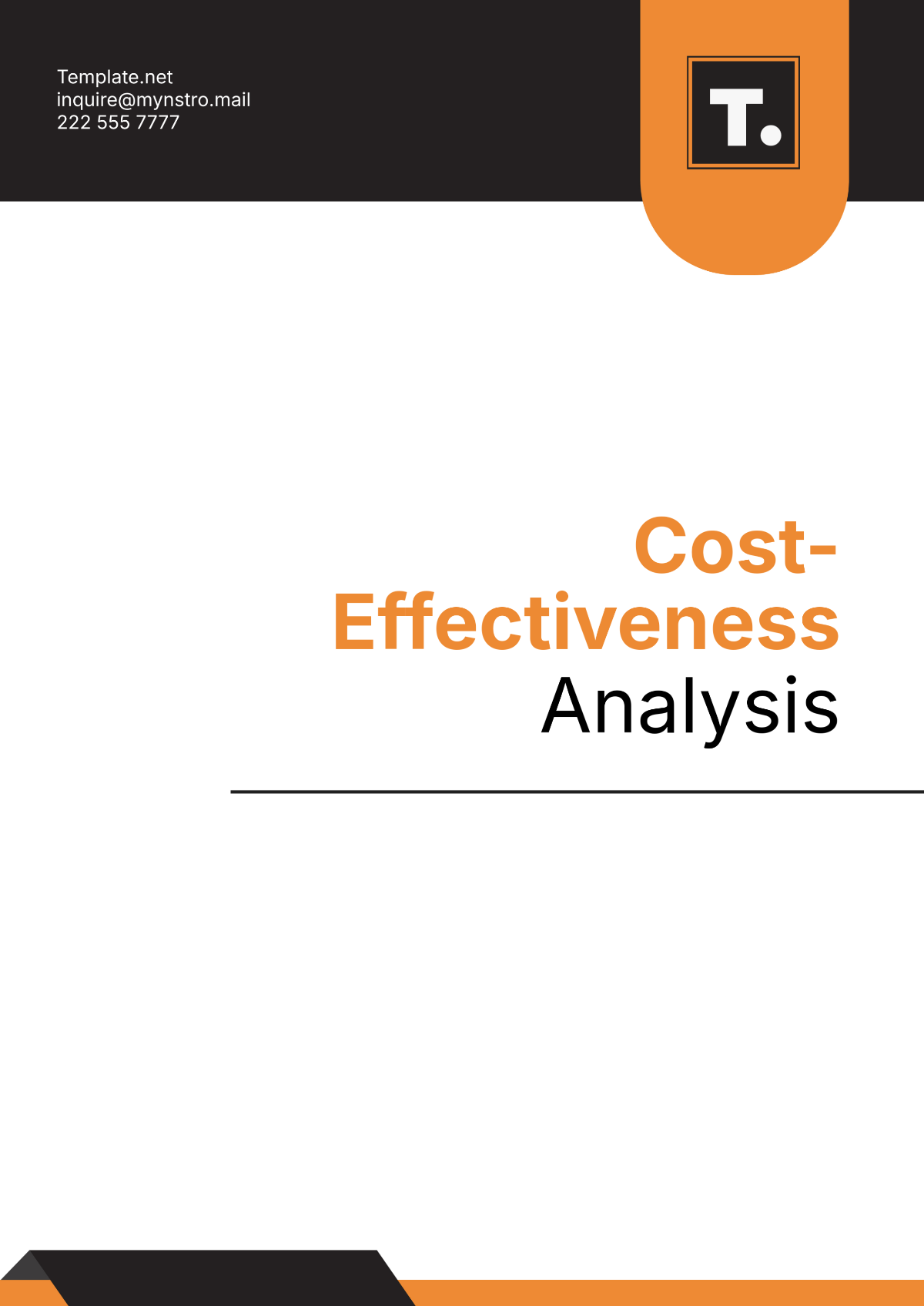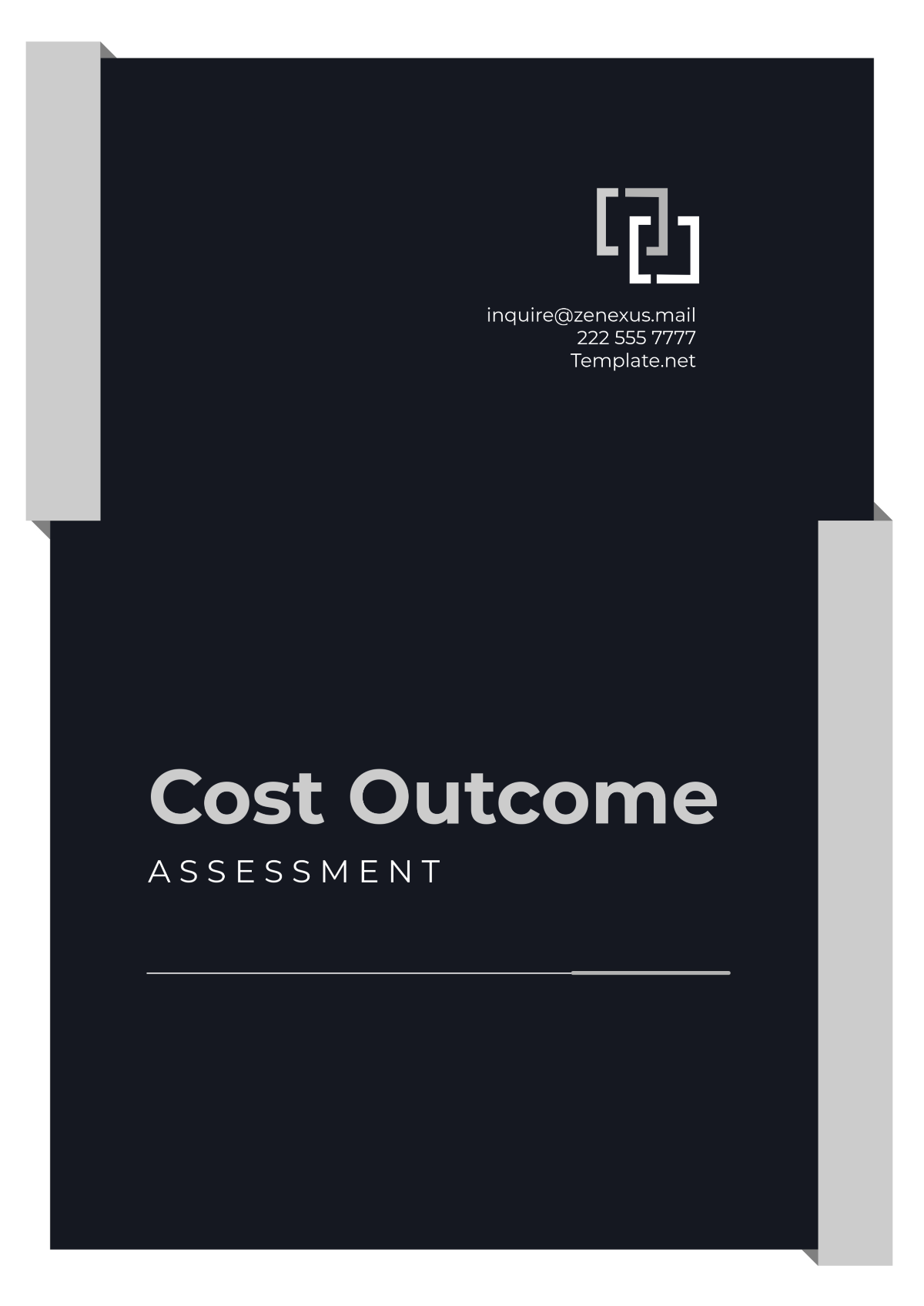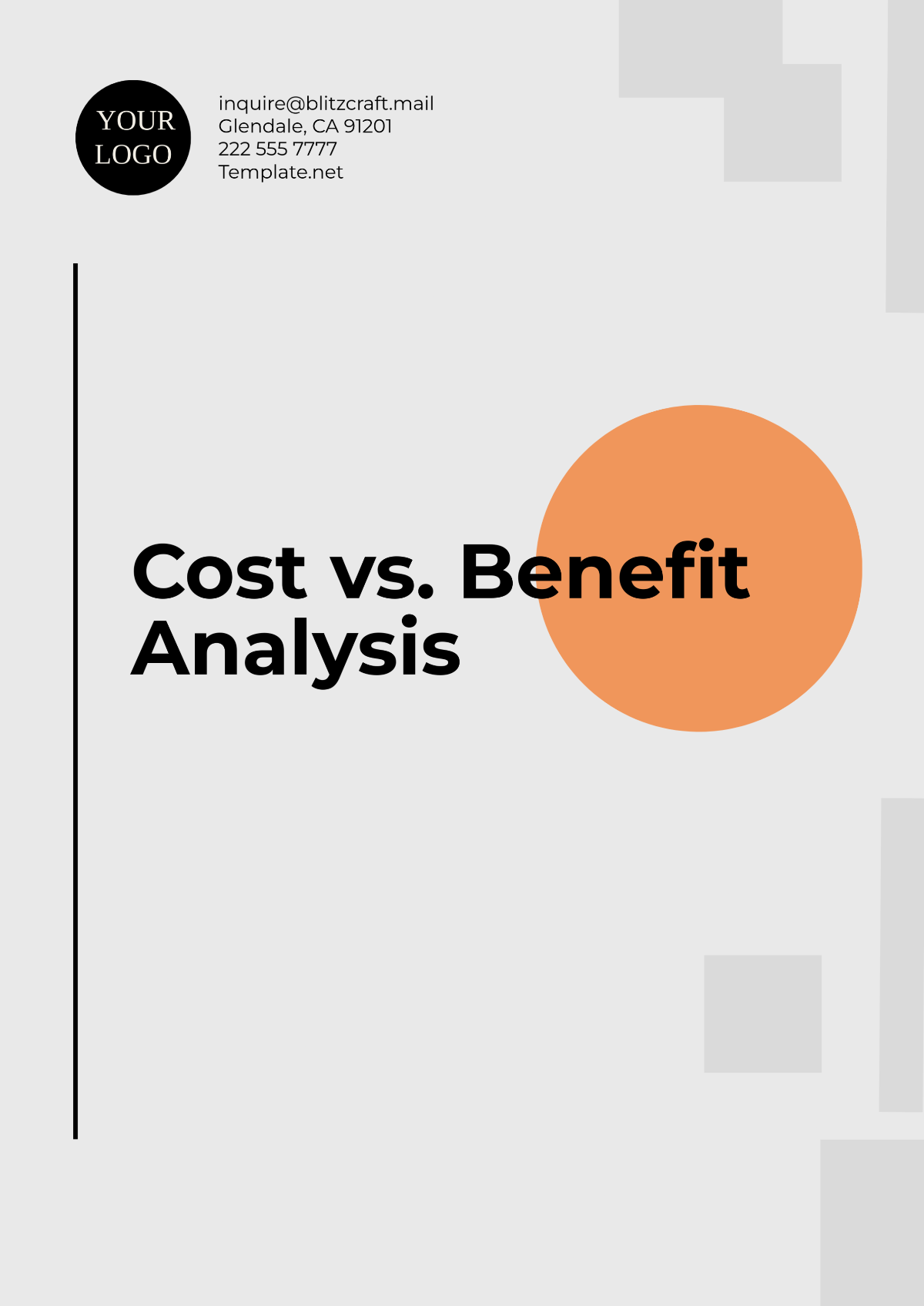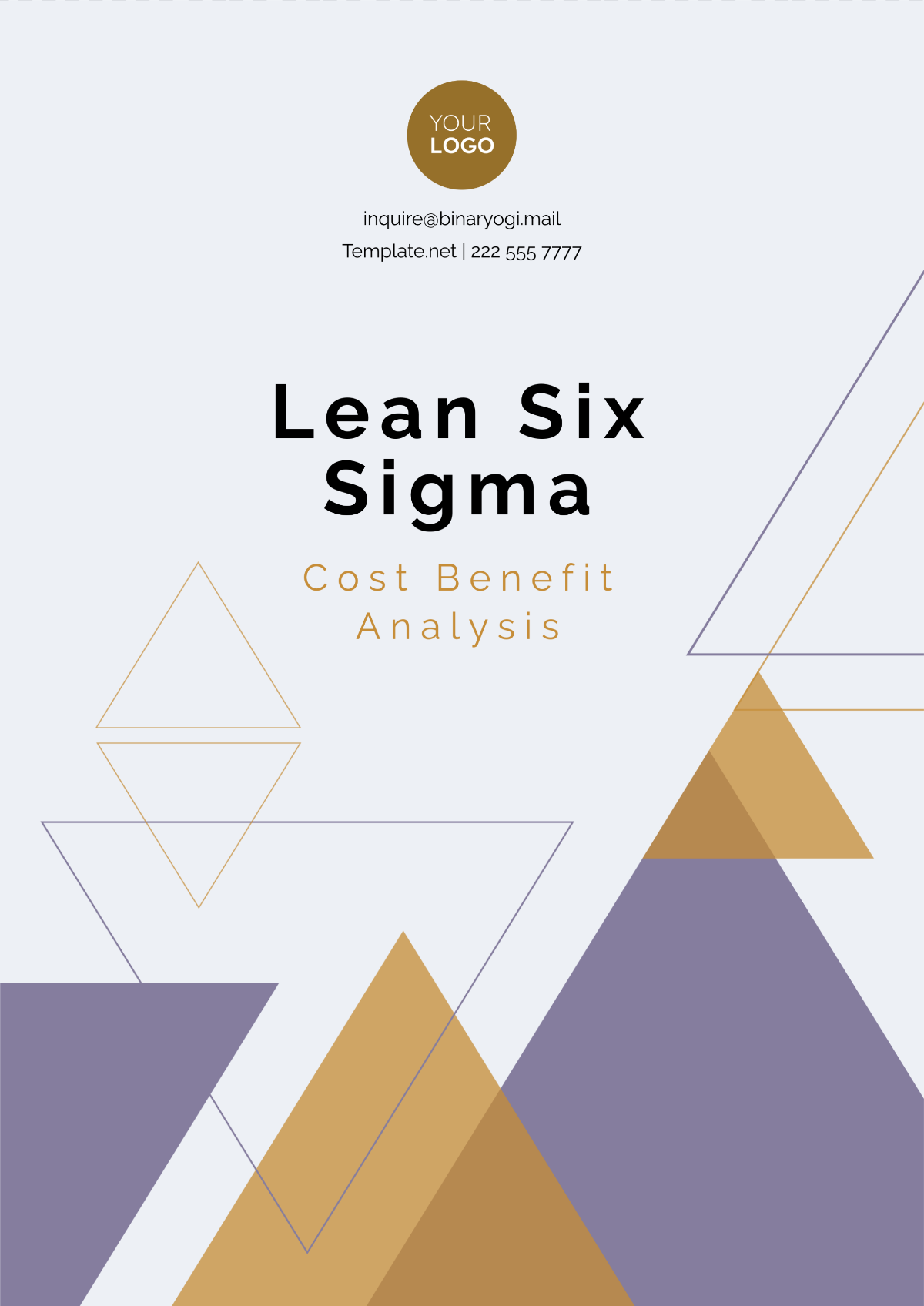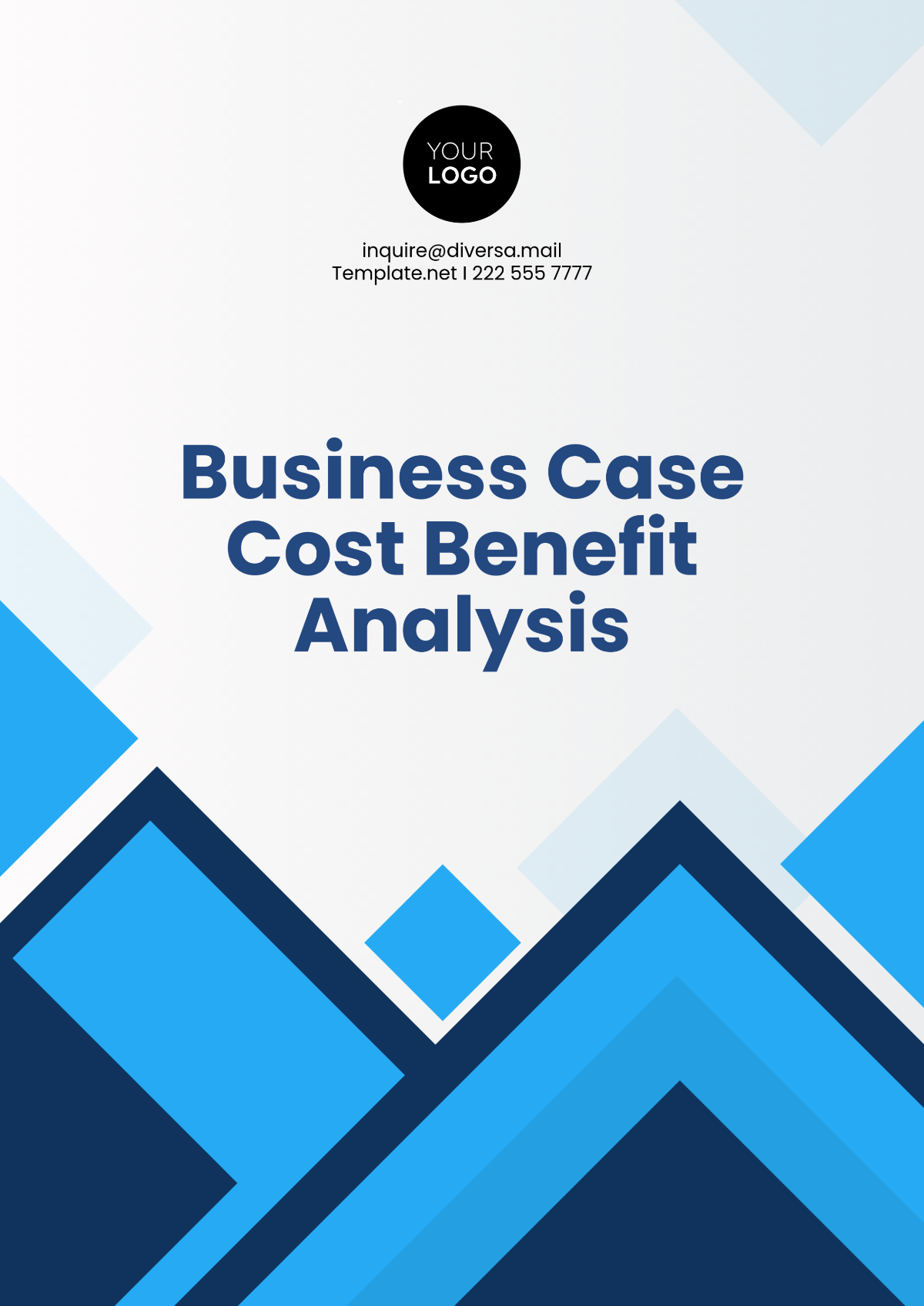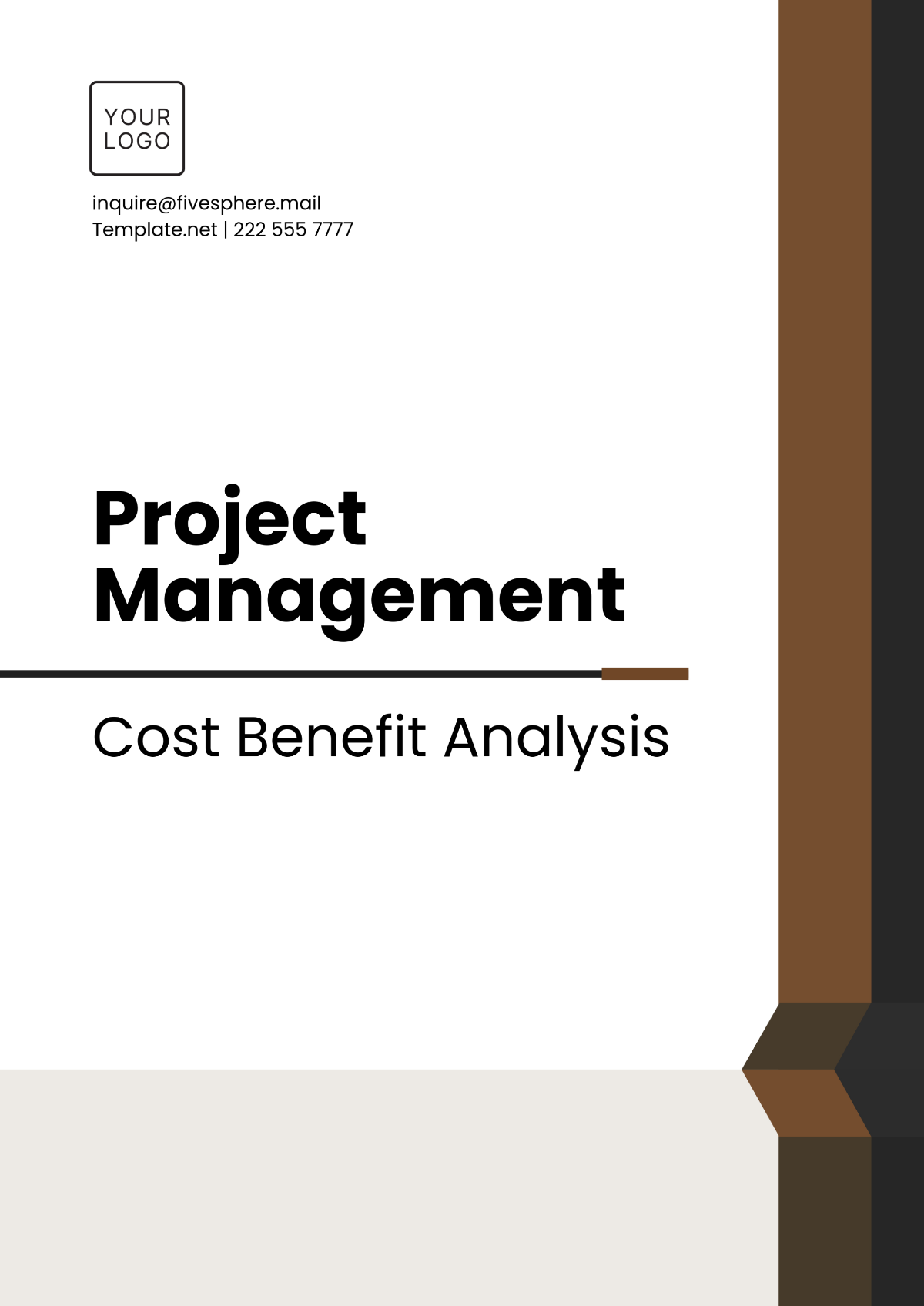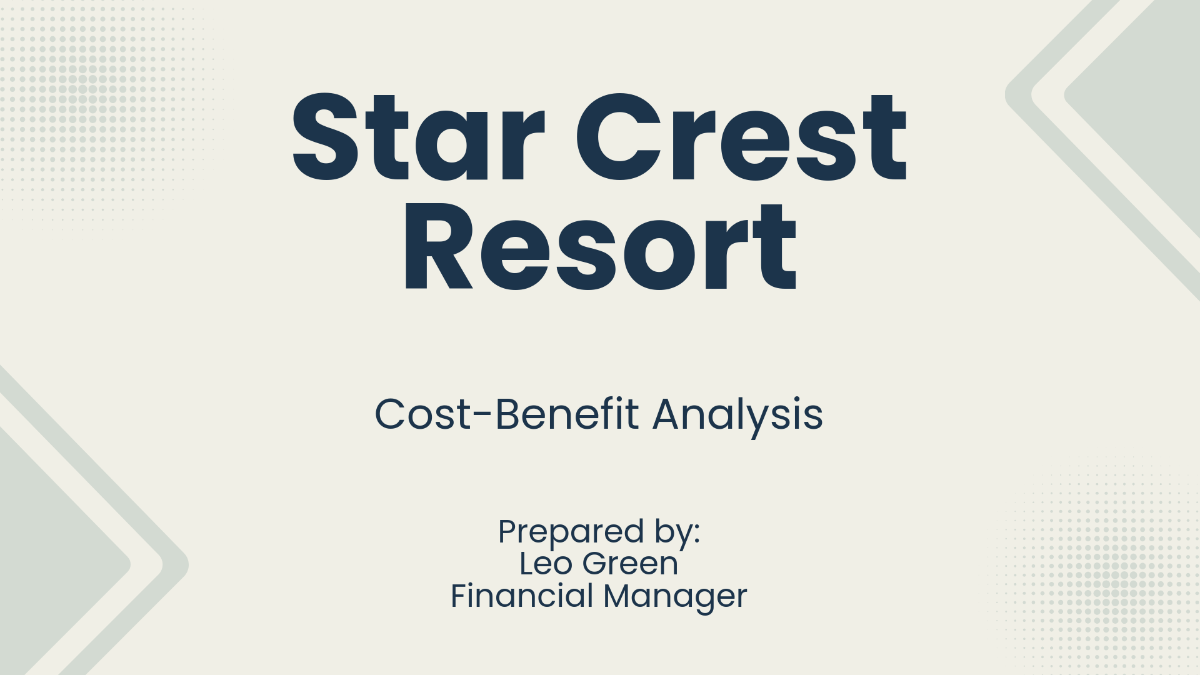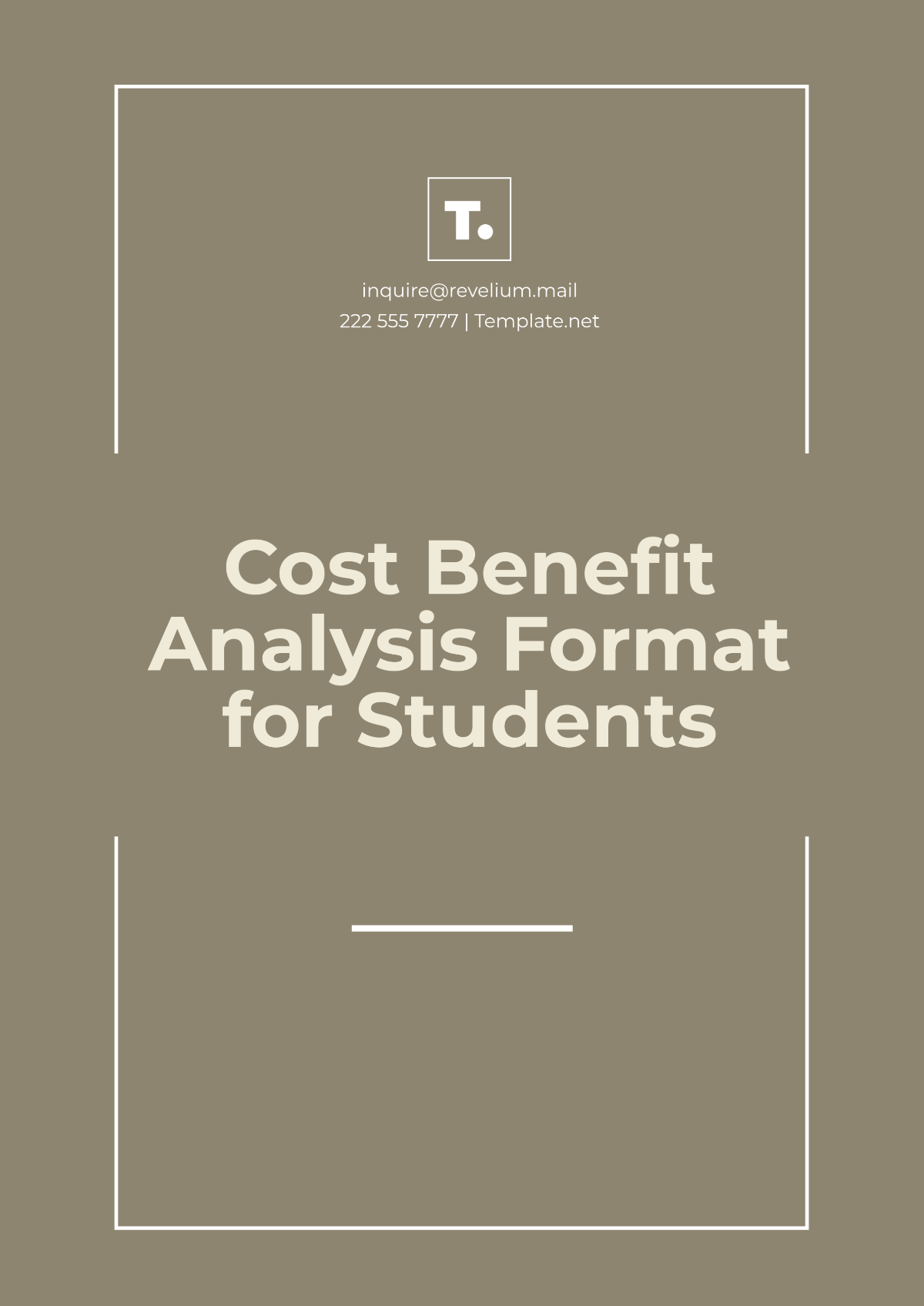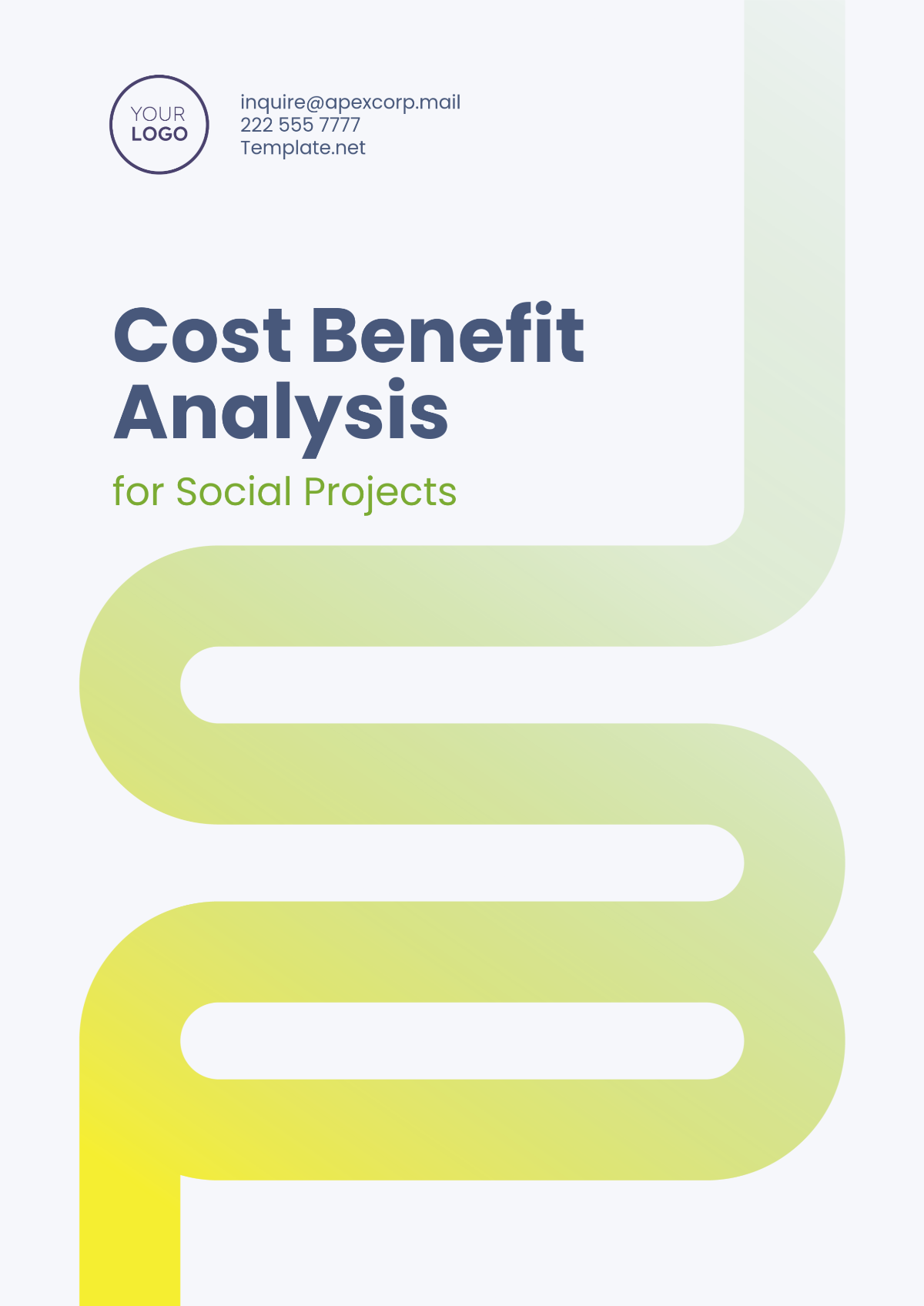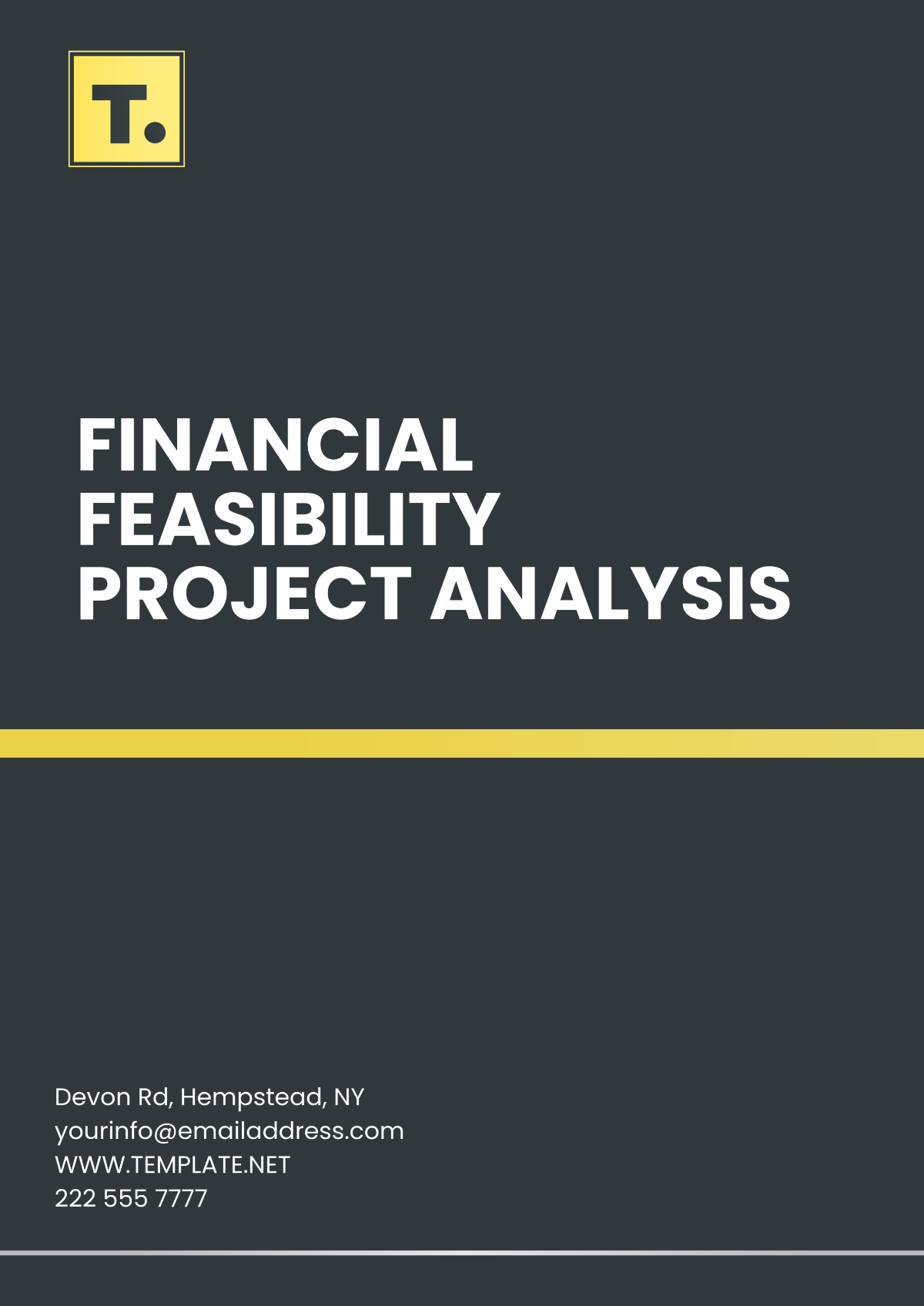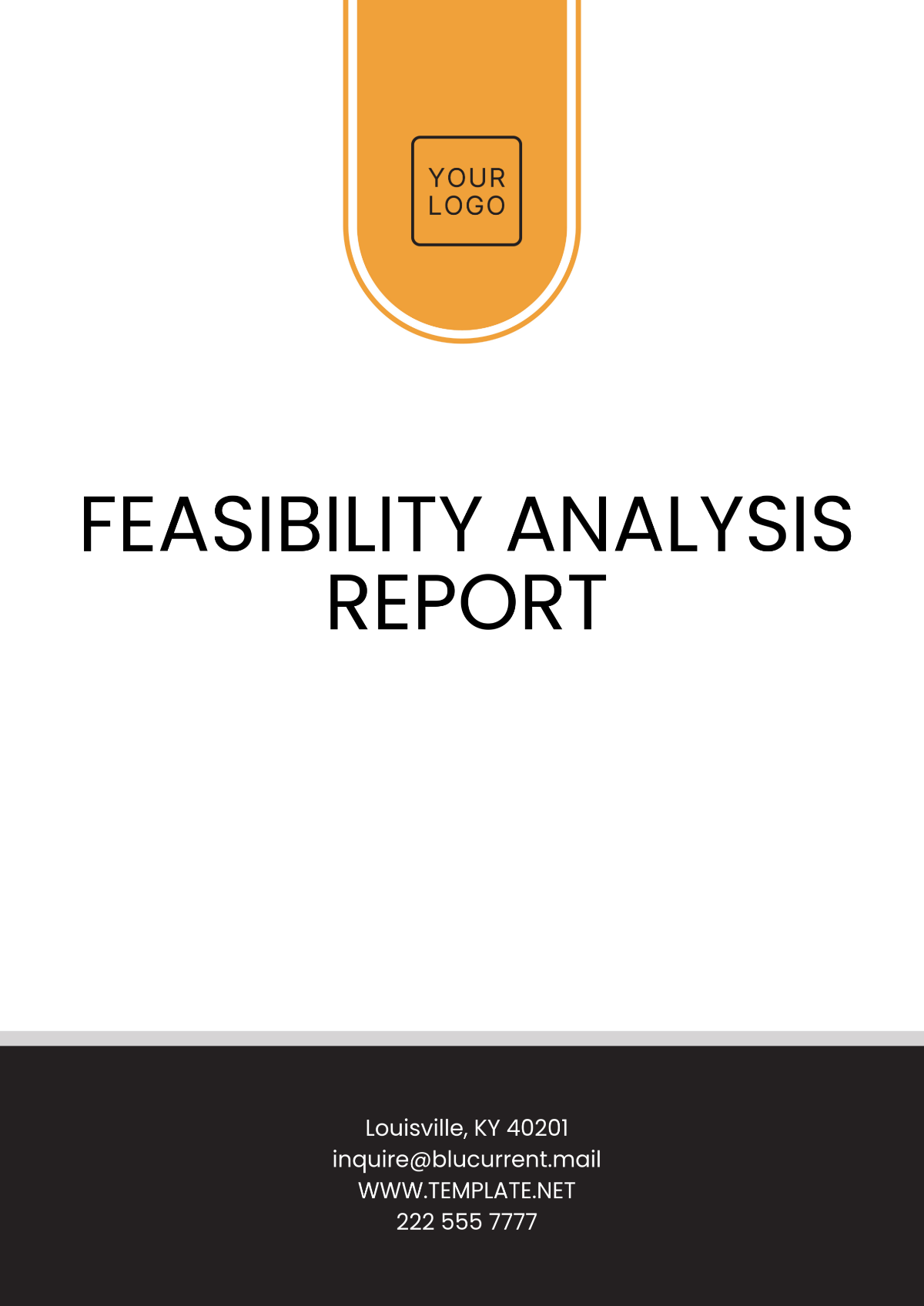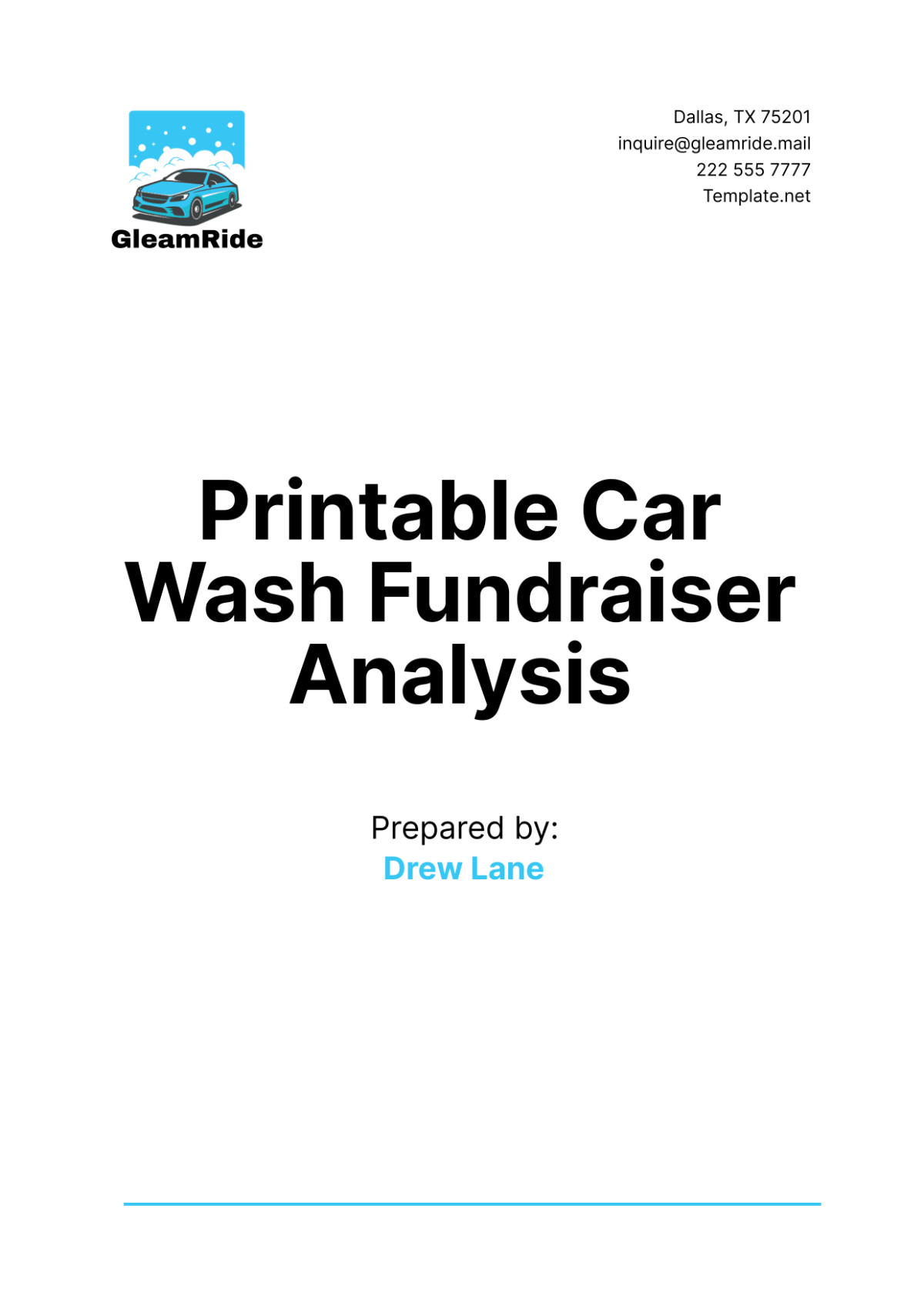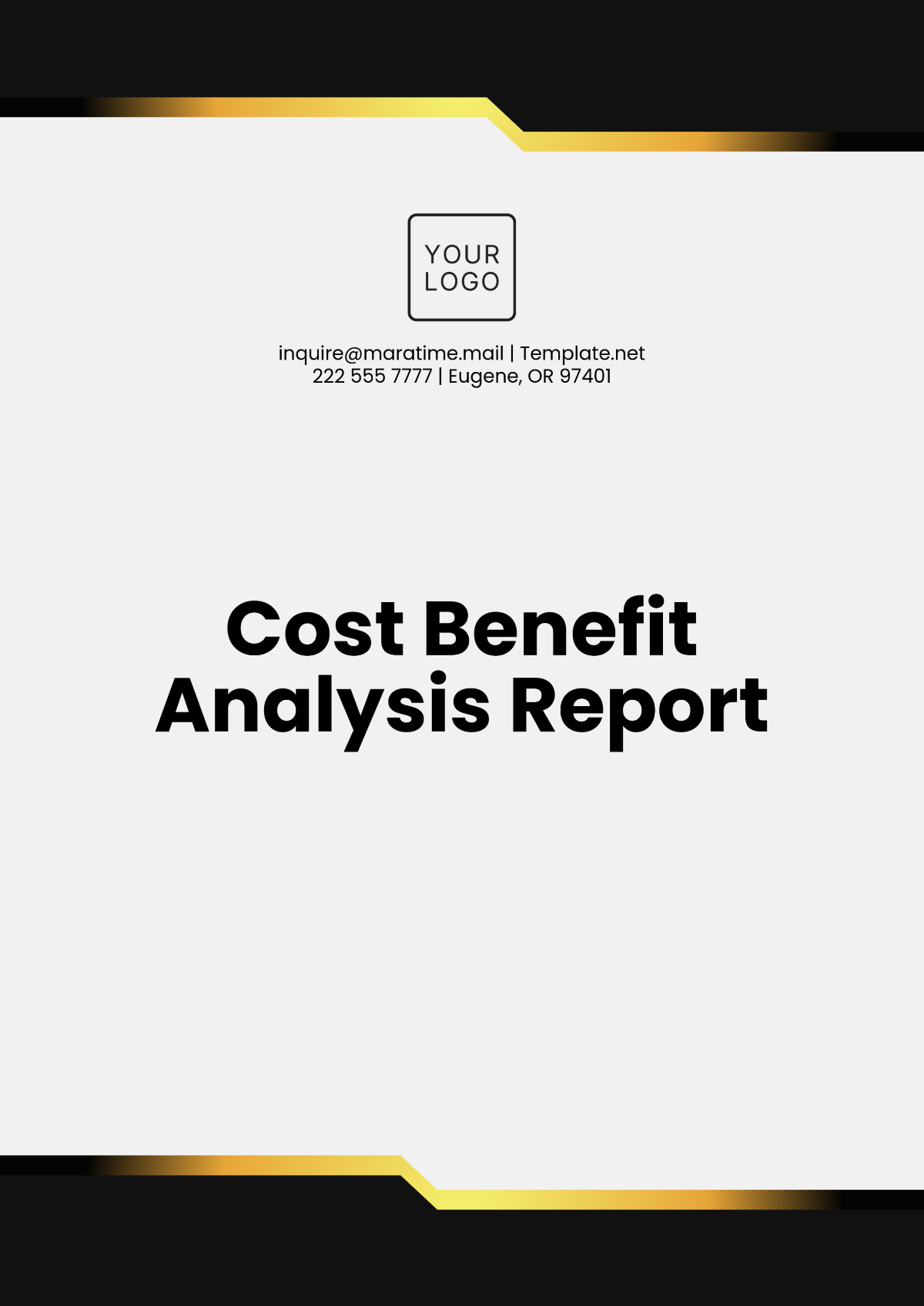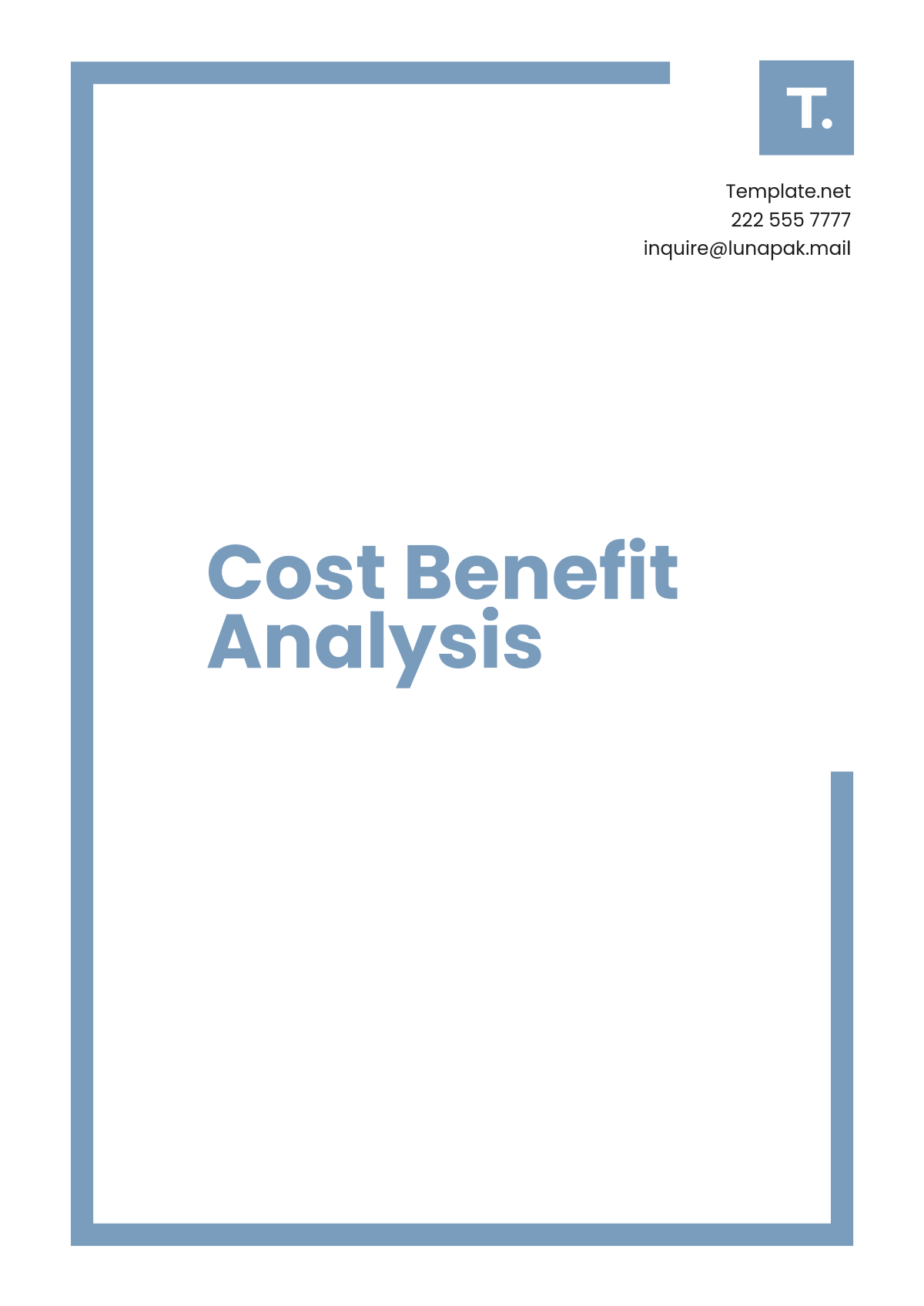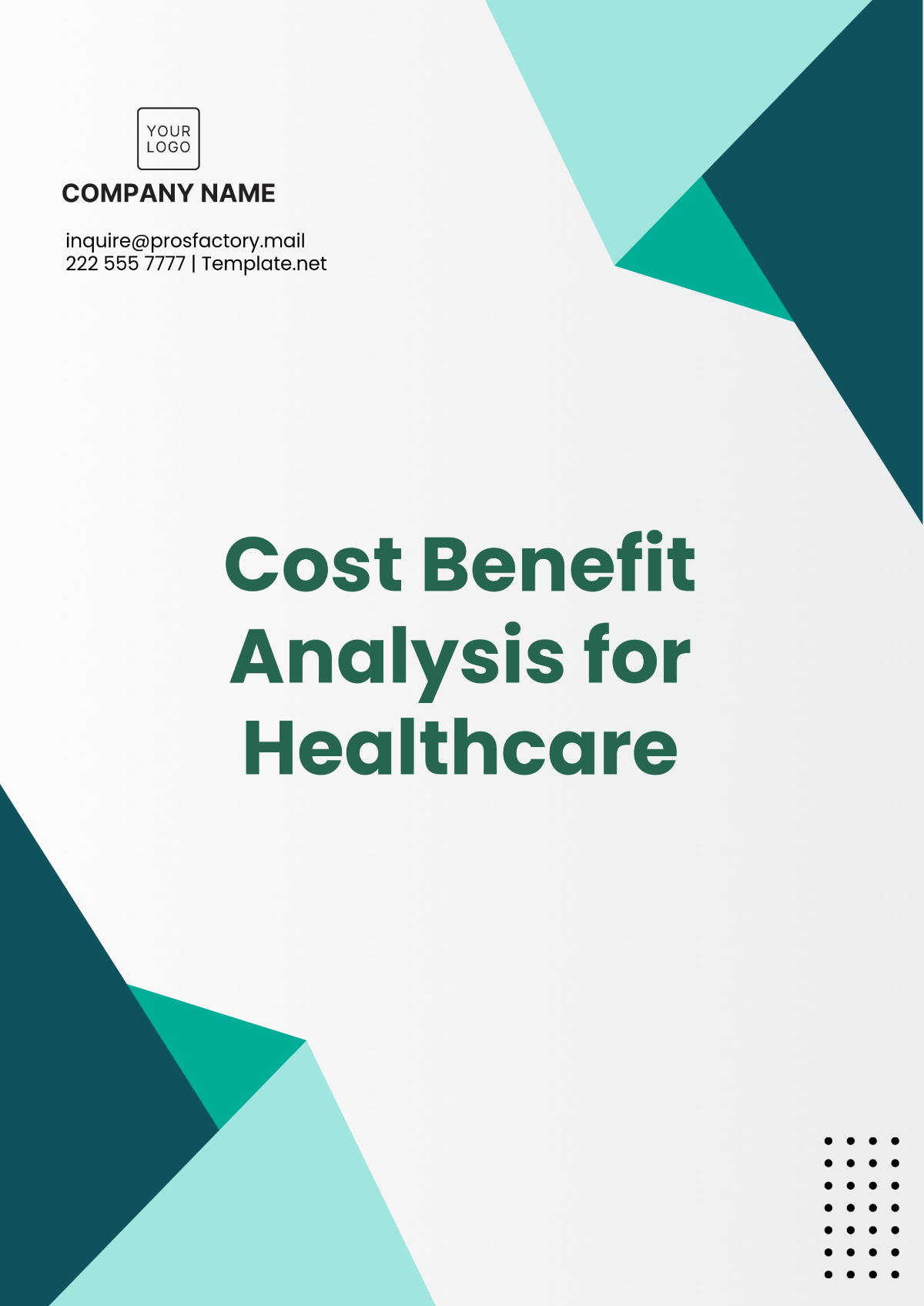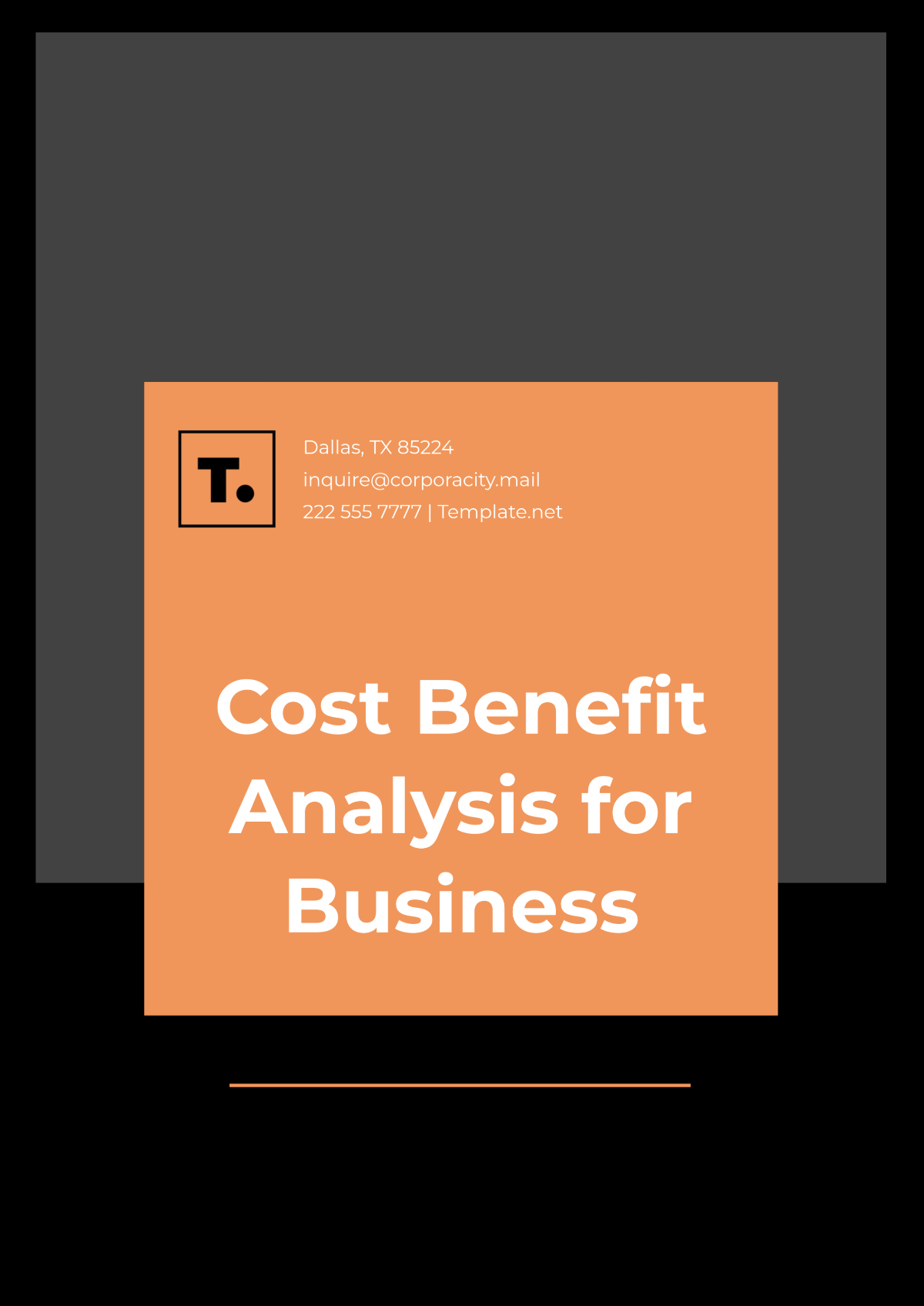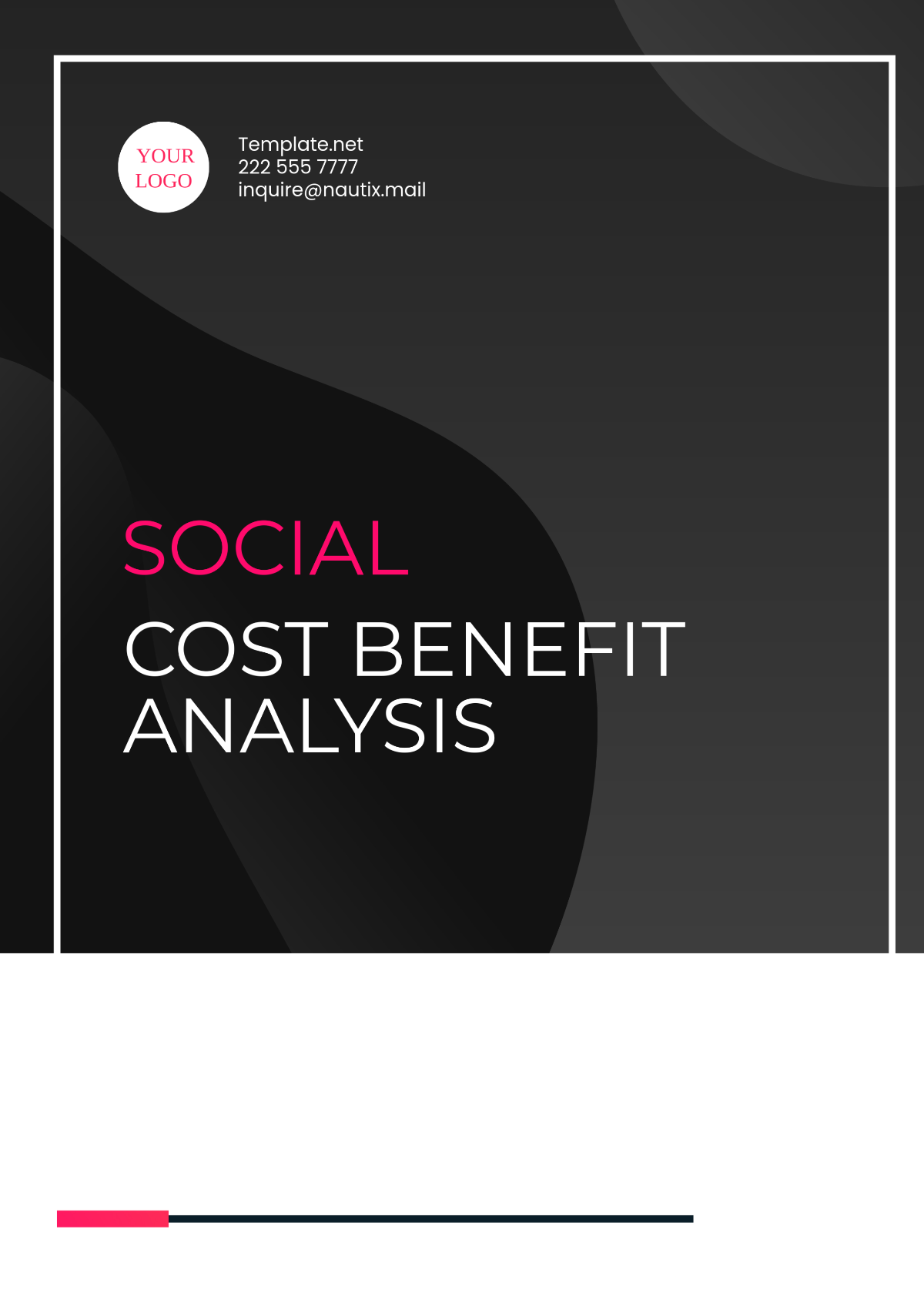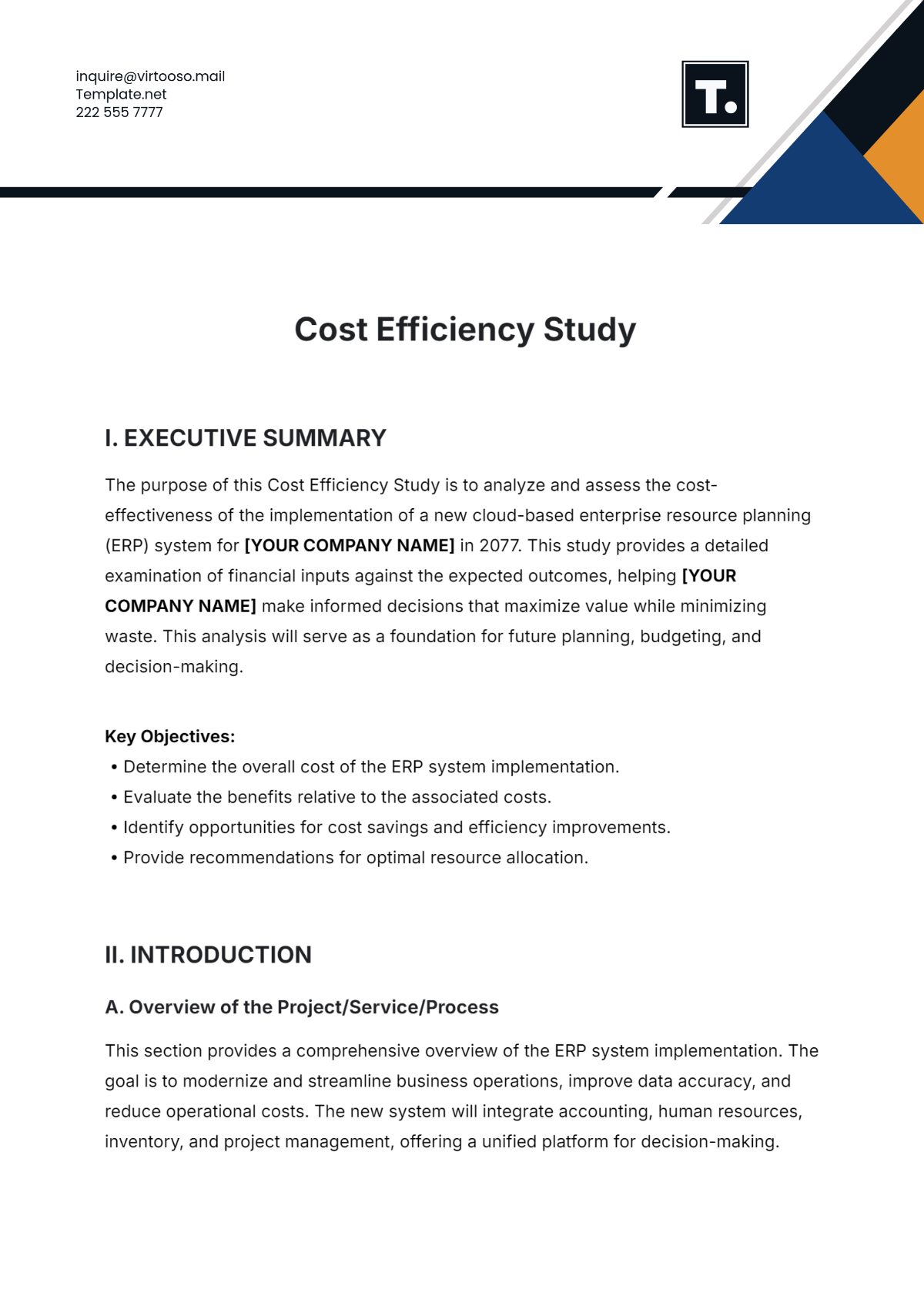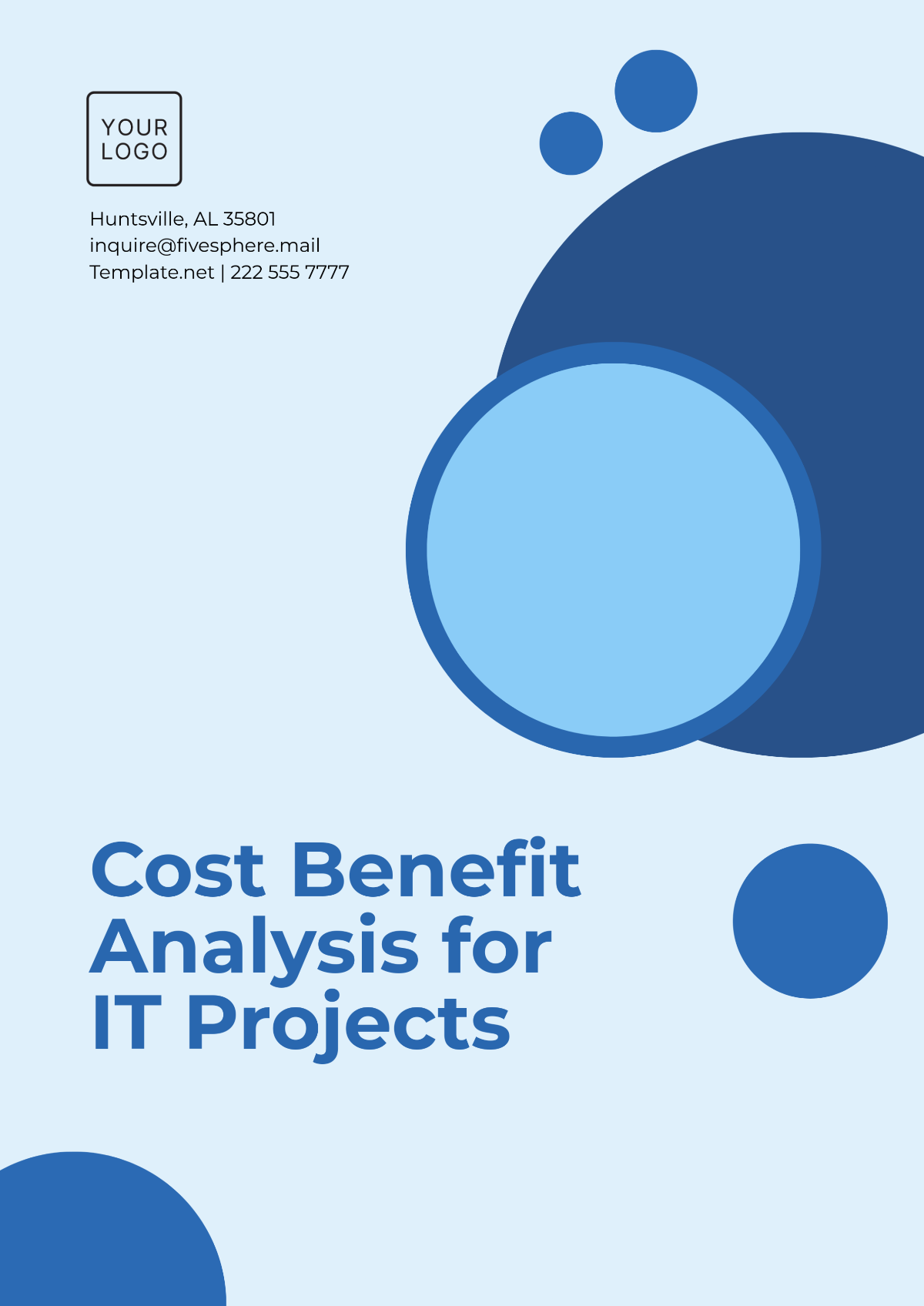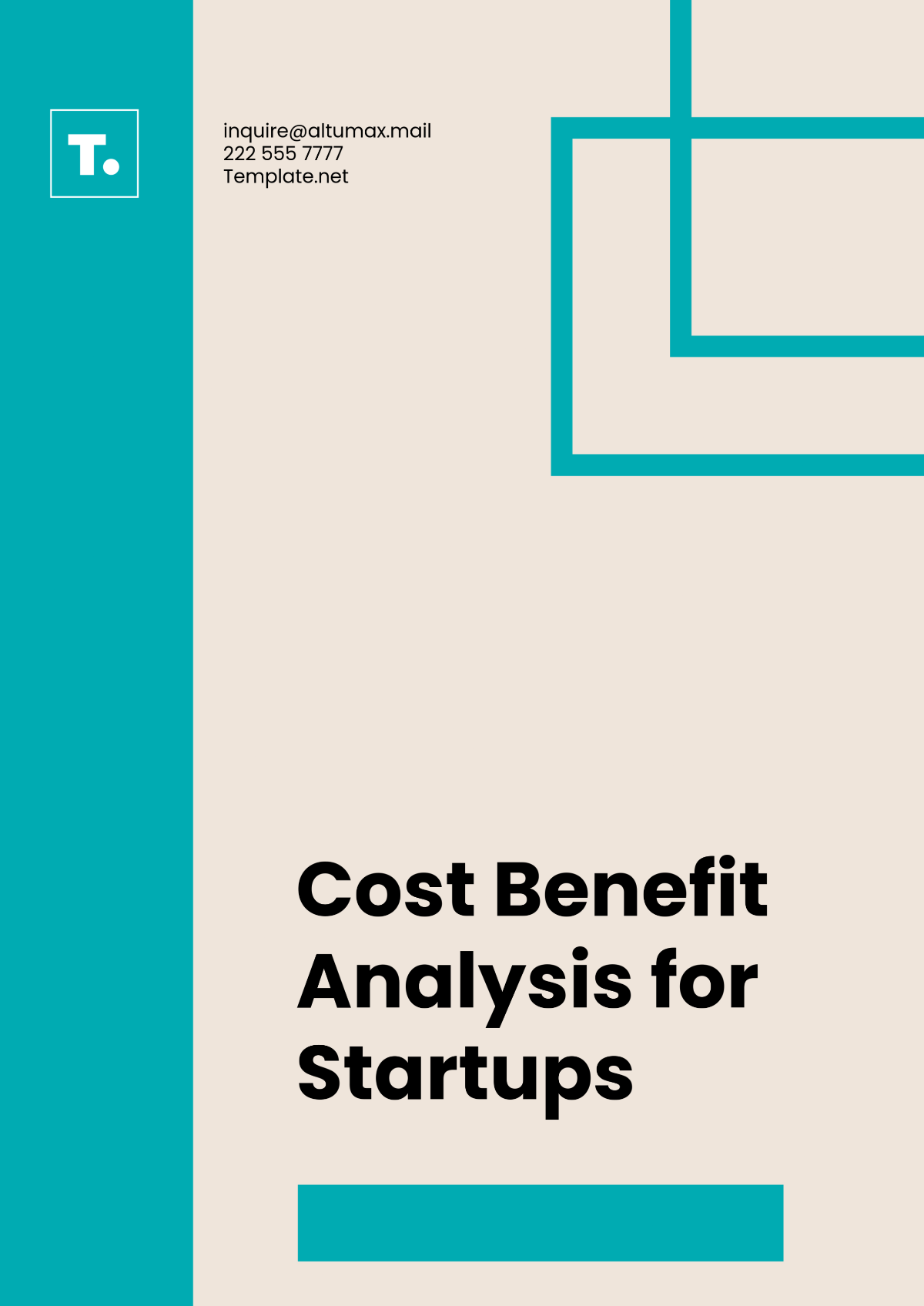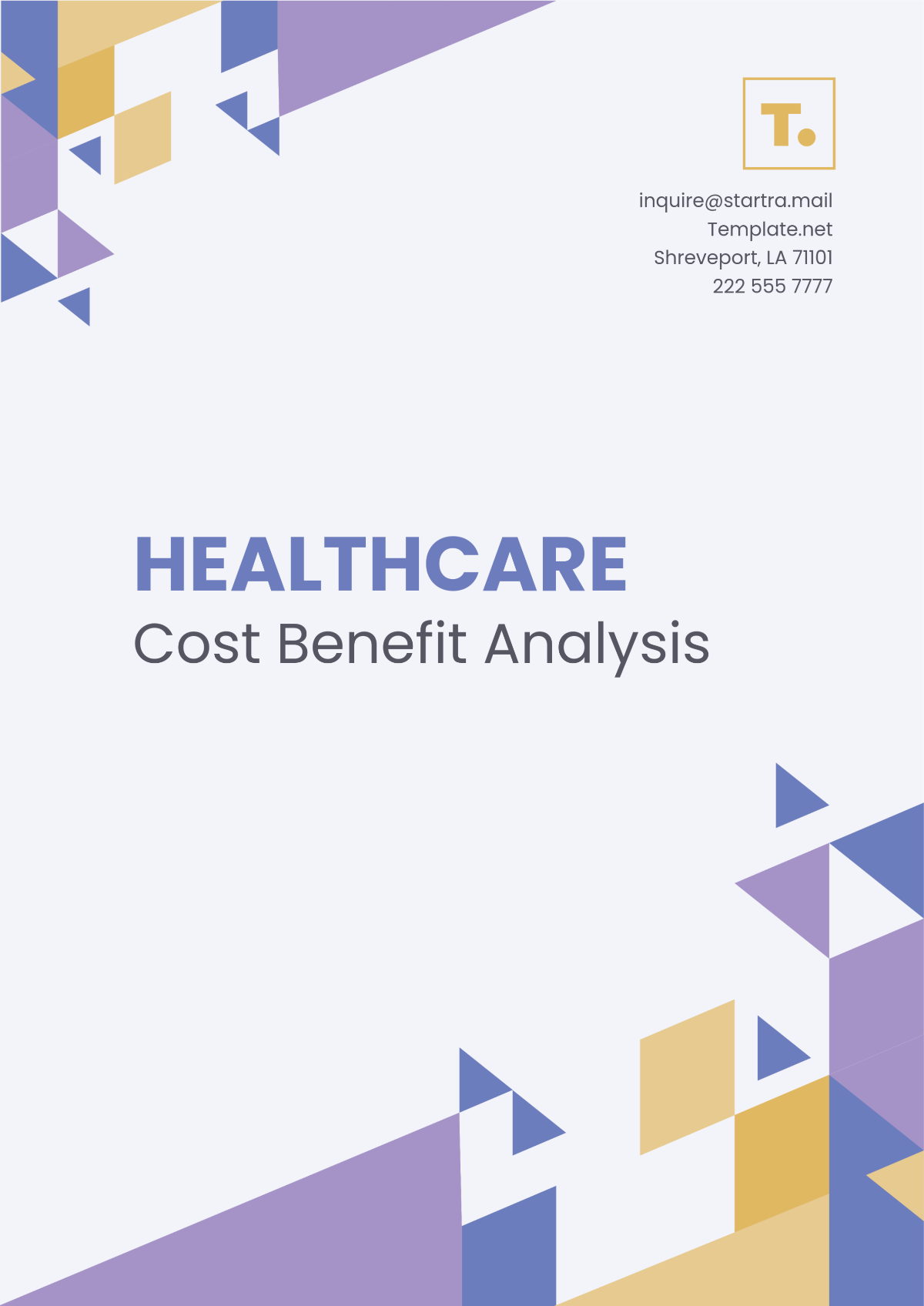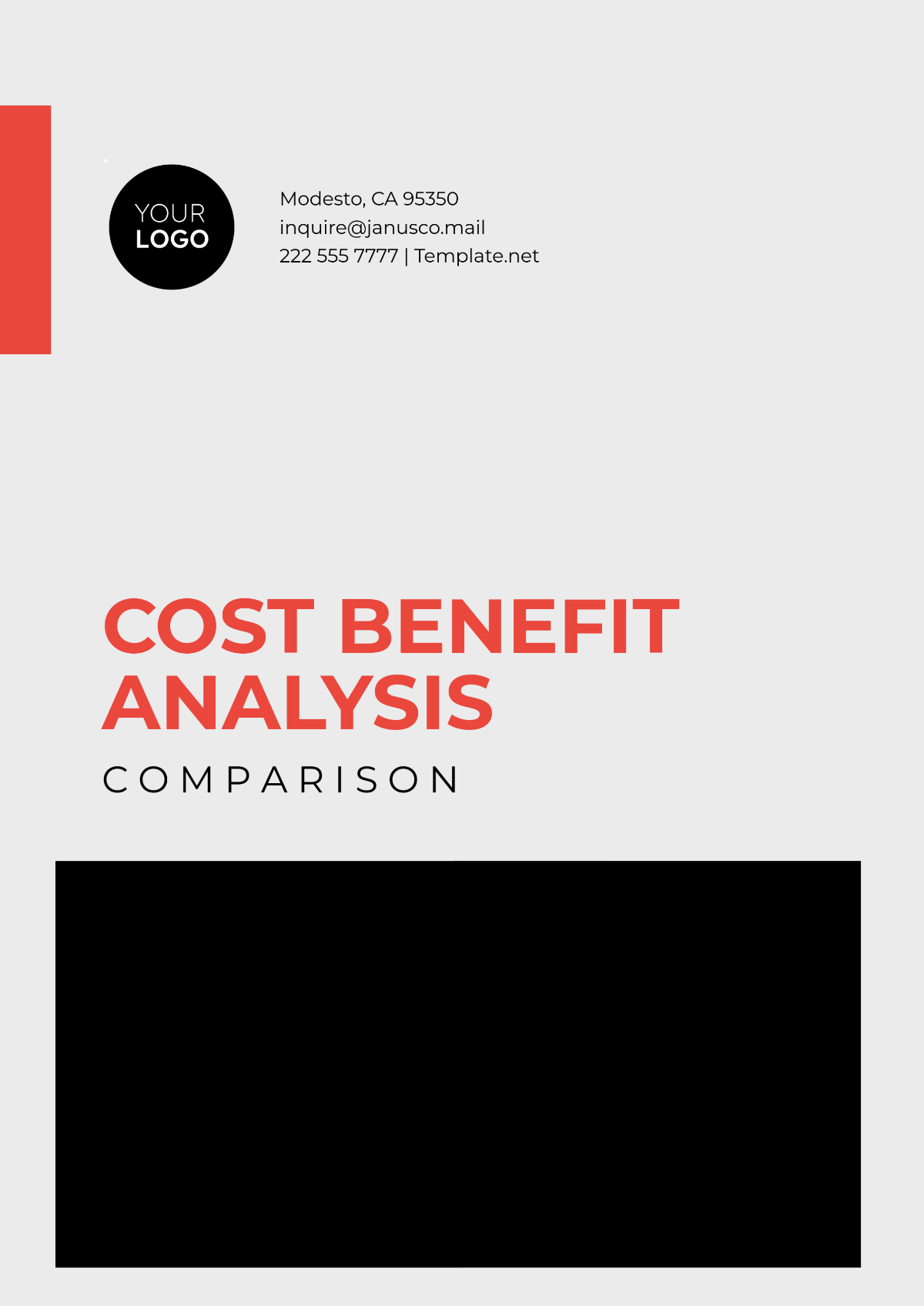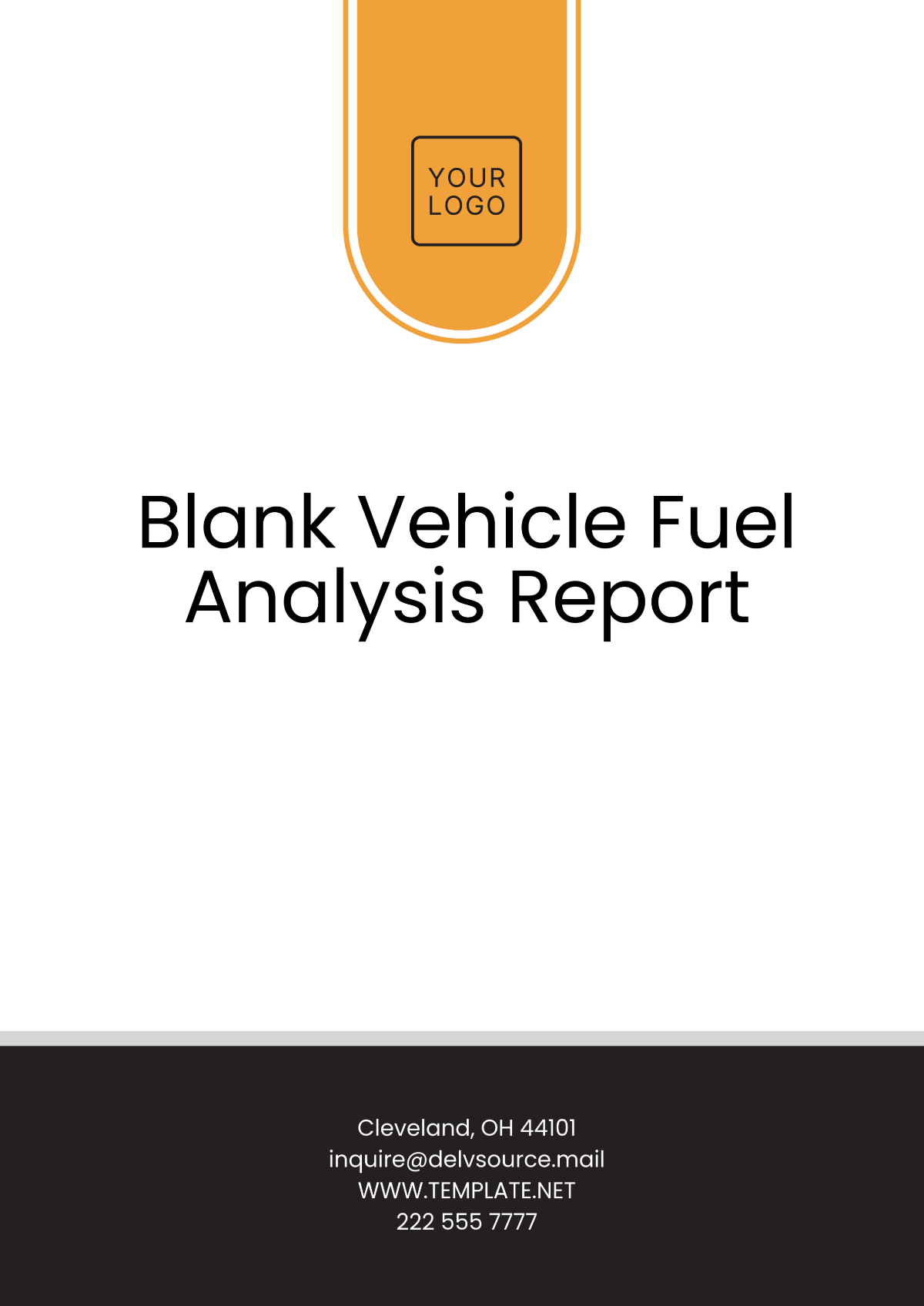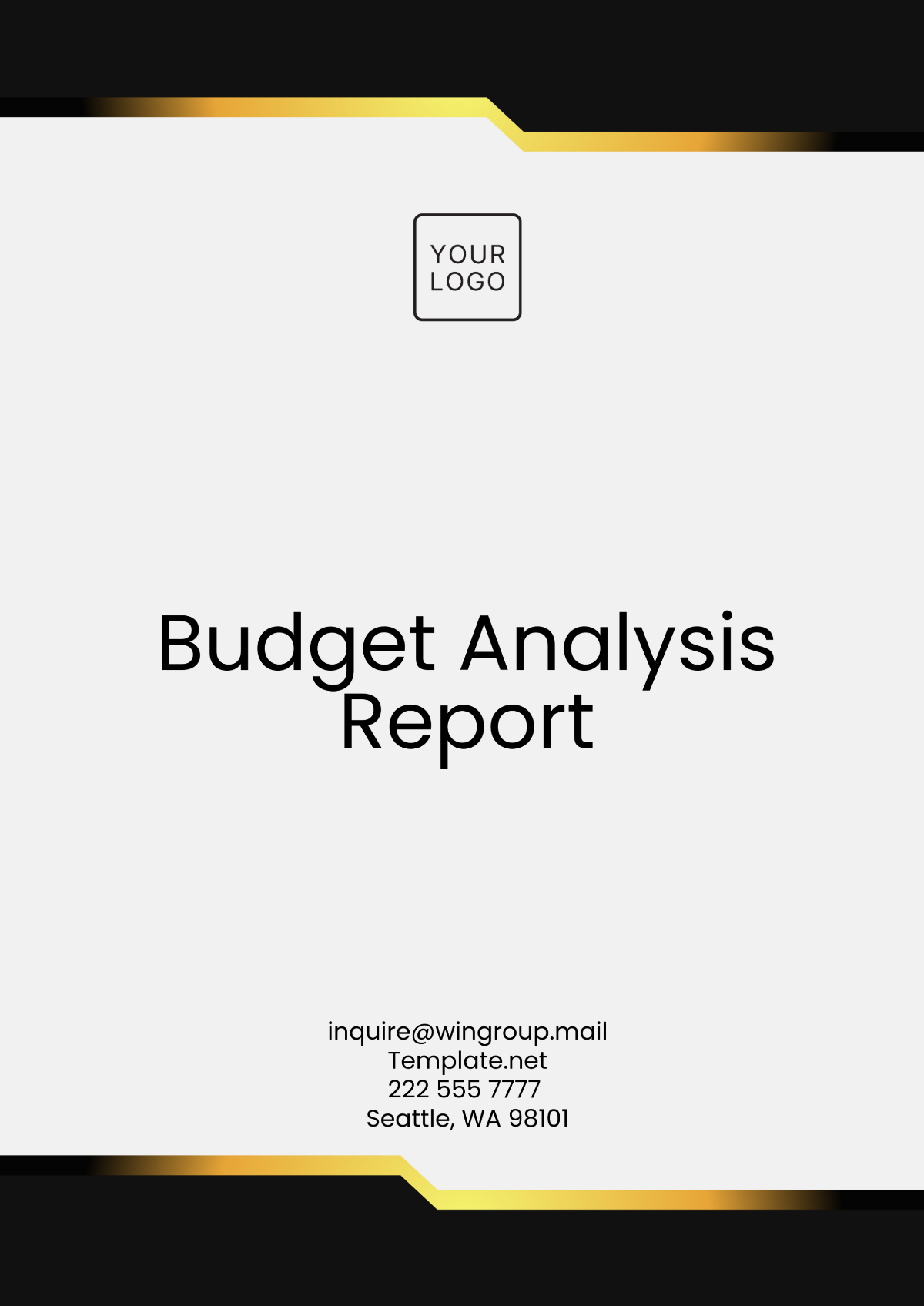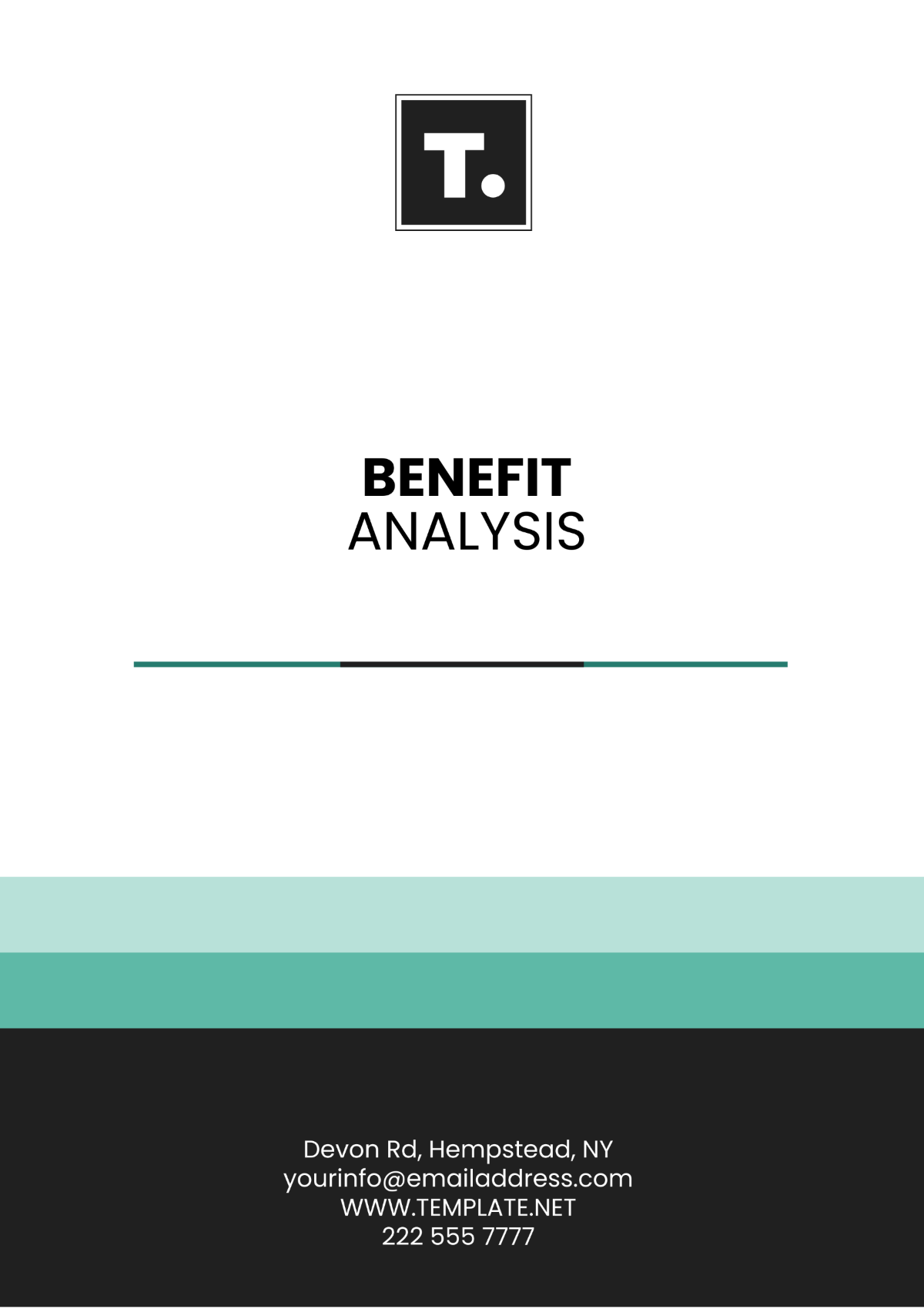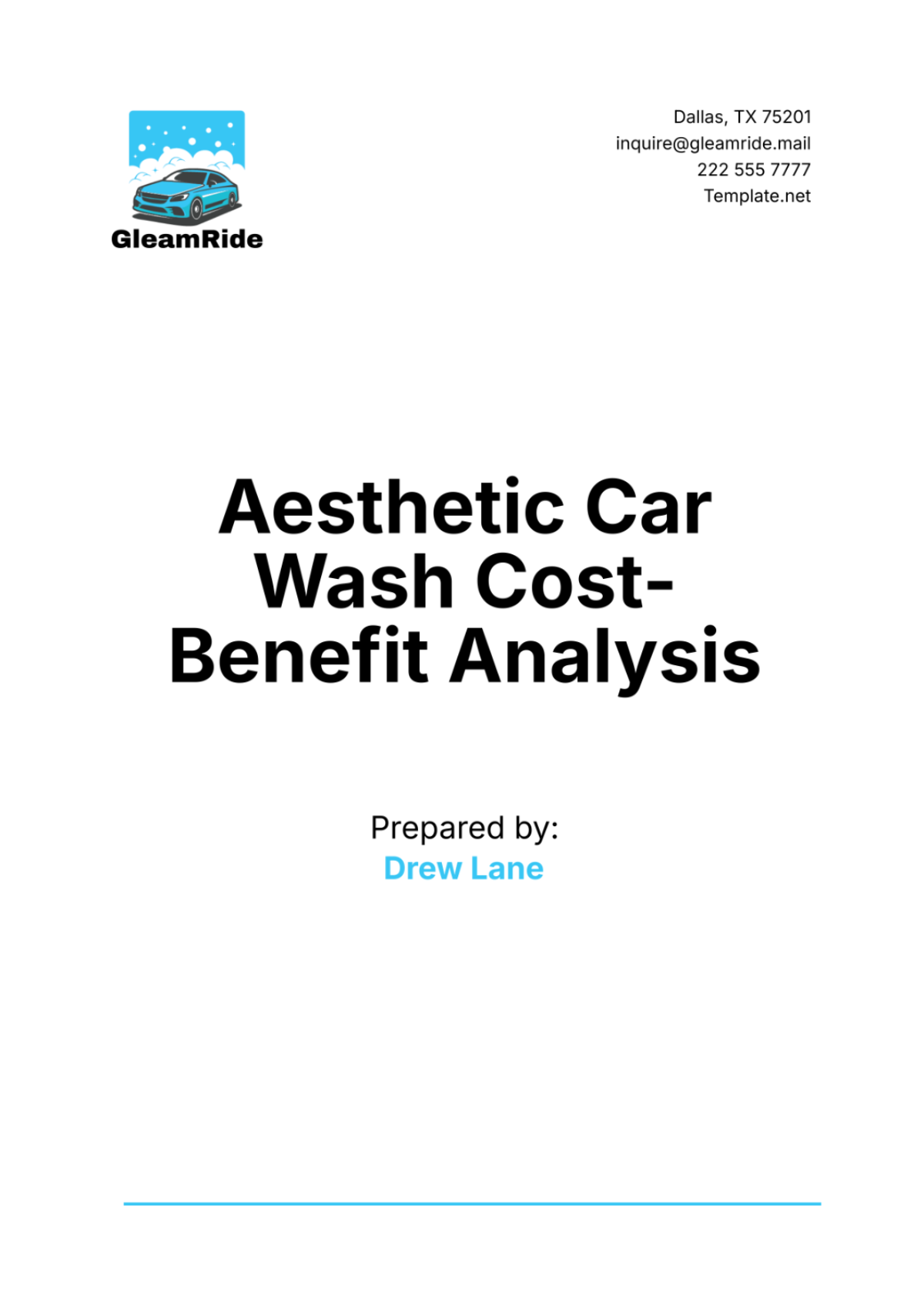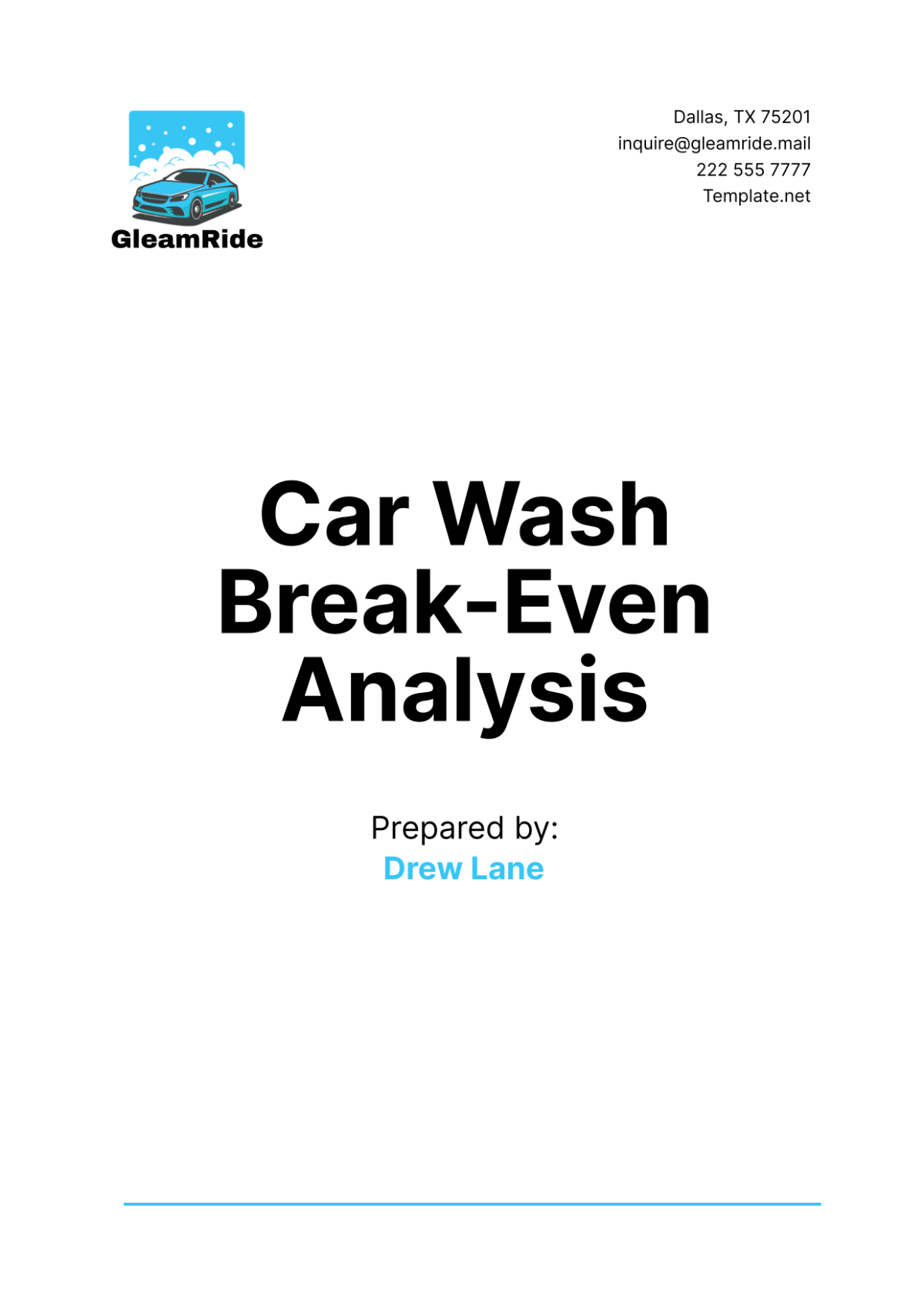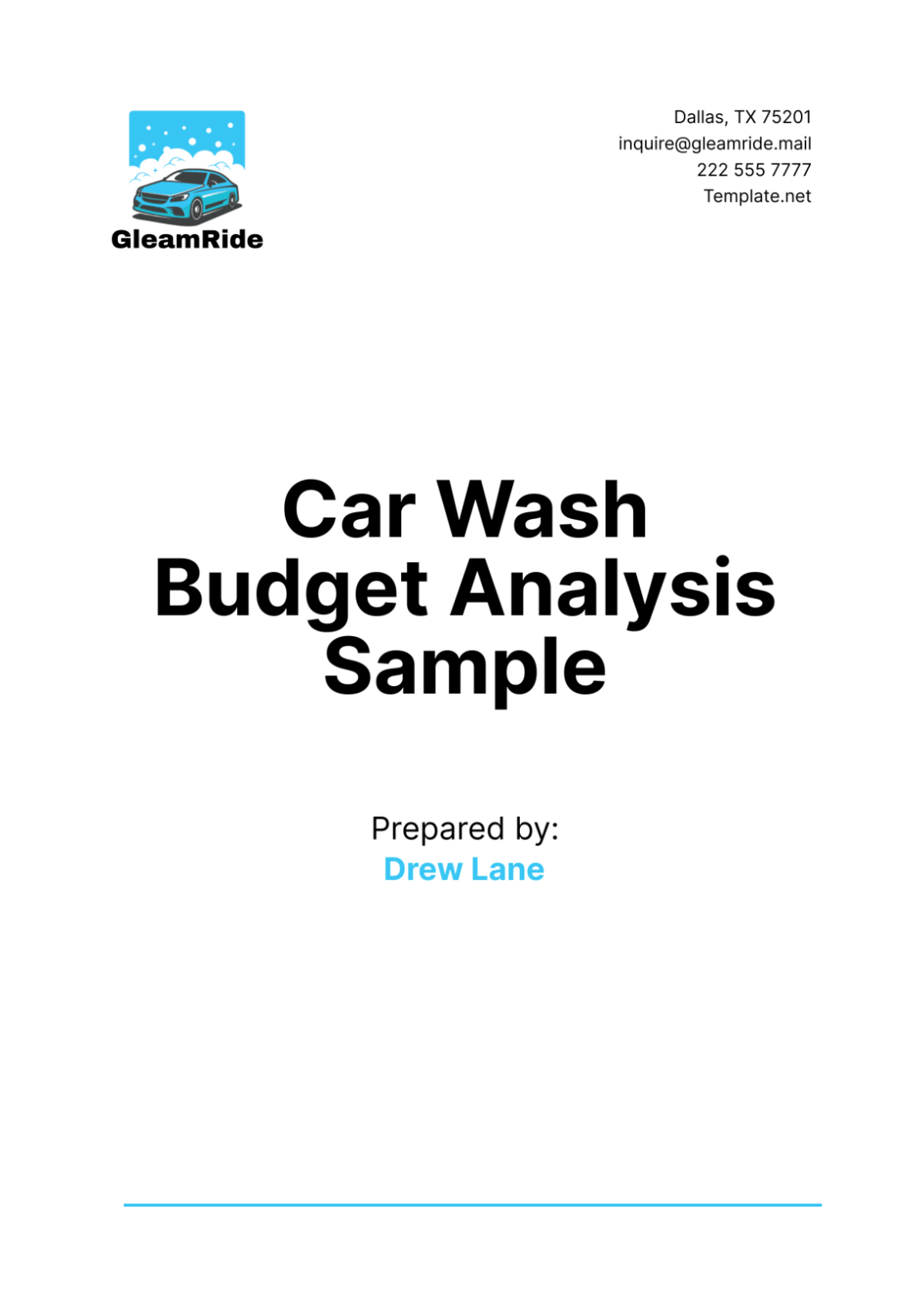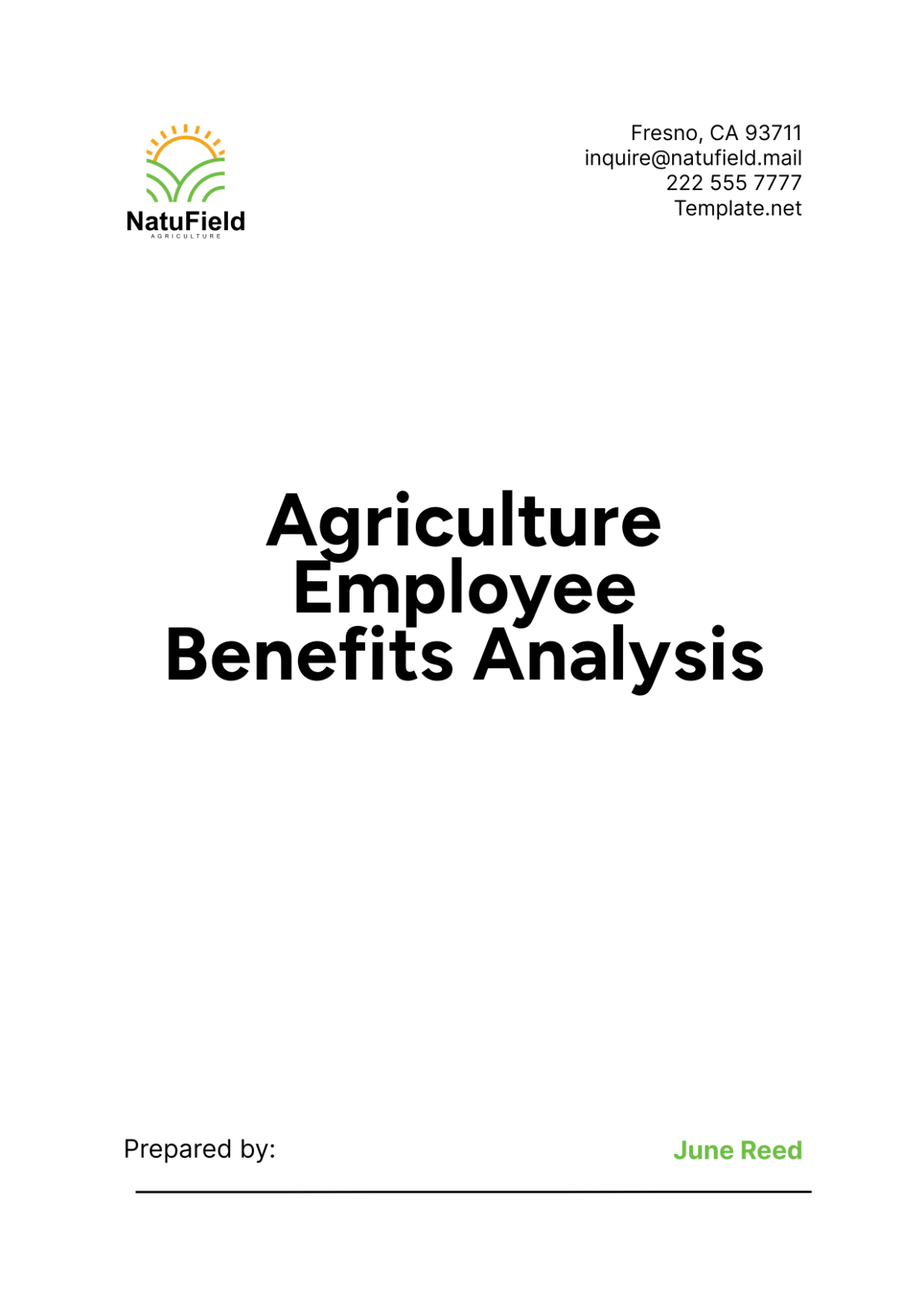Nursing Home Quotation Analysis
I. Introduction
A. Purpose and Scope
Objective
1.1. The primary objective of this analysis is to evaluate and understand the quotation rates offered by [Your Company Name].
1.2. We seek to determine how these rates compare to industry standards and whether they align with customer expectations.
Relevance
2.1. As the demand for nursing home services continues to grow, it is essential for [Your Company Name] to remain competitive.
2.2. Our pricing strategy directly impacts our market positioning and financial sustainability.
B. Key Components
Pricing Model: We will delve into the intricacies of our existing pricing model. This includes examining the factors considered when determining rates for various services.
Customer Value Proposition: Understanding the value proposition we offer to our clients is crucial. How do our pricing decisions reflect the quality of care, amenities, and overall experience provided?
C. Approach
Data Collection
1.1. We collected data related to quotation rates from internal records.
1.2. Comparative data from industry peers and standard market rates were also considered.
Analysis Techniques
2.1. Advanced analytical tools were employed to analyze the data.
2.2. We focused on identifying trends, outliers, and potential areas for improvement.
D. Expected Outcomes
Insights
1.1. By the end of this analysis, we anticipate gaining valuable insights into our pricing strategy.
1.2. These insights will inform decisions related to rate adjustments and optimization.
Recommendations
2.1. Based on our findings, we will provide actionable recommendations to enhance our quotation process.
2.2. These recommendations aim to strike a balance between affordability for clients and financial viability for our organization.
II. Methodology
A. Data Collection and Processing
Our methodology hinges on robust data collection and rigorous processing:
Internal Finance Data
1.1. We meticulously collected financial data from our internal records spanning the past two years.
1.2. This data includes information on pricing, costs, and revenue related to nursing home services.
Industry Benchmarking
2.1. We compared our data with standard industry pricing to establish a baseline.
2.2. Industry benchmarks provide context for evaluating our rates.
Peer Organization Analysis
3.1. We examined pricing structures of peer organizations within the senior healthcare industry.
3.2. Insights from these comparisons contribute to our understanding of competitive pricing.
Data Integrity and Relevance
4.1. Rigorous checks were performed to ensure data integrity.
4.2. Irrelevant or outdated data points were filtered out.
B. Comparative Analysis
Our comparative analysis involves critical assessments:
Mapping Against Industry Trends
1.1. We analyzed our pricing model in light of prevailing trends.
1.2. How does our approach align with industry shifts?
Identifying Discrepancies
2.1. Discrepancies between our rates and industry standards were scrutinized.
2.2. Where do we diverge, and why?
Risk Assessment
3.1. We assessed the financial risk associated with our pricing decisions.
3.2. Are we adequately positioned to manage potential risks?
C. Insights and Recommendations
Our findings will drive actionable insights:
Pricing Adjustments
1.1. Based on our analysis, we recommend specific adjustments to our pricing structure.
1.2. These may include fine-tuning rates for specific services.
Competitive Edge
2.1. How can we maintain a competitive edge while ensuring affordability for our clients?
2.2. Our recommendations aim to strike this balance.
Long-Term Viability
3.1. Ensuring the long-term financial viability of [Your Company Name] is paramount.
3.2. Our insights guide decisions that impact our sustainability.
III. Findings
Now, we will delve into a detailed analysis of the pricing structure for nursing home services offered by [Your Company Name]. The following chart and table provide side-by-side comparisons of average market prices and the rates charged by our organization:
Service | Average Market Price | [Your Company Name] Price |
|---|---|---|
Standard room | $2,500 | $2,800 |
Premium room (24/7 care) | $4,000 | $3,500 |
Daily meal plan | $150 | $150 |
A. Standard Room Pricing
Our standard room rates, as indicated in the table, are slightly higher than the average market price. This suggests that clients opting for standard rooms at our nursing homes receive additional value or amenities. It’s essential to consider what sets our standard rooms apart—whether it’s spaciousness, comfort, or specialized services. By charging a premium, we may be providing an enhanced experience that justifies the higher cost. However, we should closely monitor client feedback and ensure that the perceived value aligns with the actual offerings.
B. Premium Room (24/7 Care)
The most intriguing aspect lies in the pricing of our premium package, which includes round-the-clock nursing care. Surprisingly, our rates for this comprehensive service are discounted compared to the market average. While this competitive pricing may attract clients seeking comprehensive care, we need to assess the financial implications. Are we adequately covering operational costs while maintaining quality? Perhaps our organization prioritizes accessibility and affordability for families in need of continuous care. However, we must strike a balance to ensure that our nursing staff remains well-supported and motivated.
C. Daily Meal Plan Affordability
Our pricing for daily meal plans aligns perfectly with the market average. Consistency in this area ensures affordability for residents. Nutritious meals are a fundamental aspect of senior healthcare, impacting overall well-being and quality of life. By maintaining competitive pricing for meal plans, we demonstrate our commitment to providing essential services without burdening families financially. However, we should continuously evaluate the nutritional quality and variety of our meal offerings to enhance resident satisfaction.
In summary, our pricing analysis reveals a delicate balance between affordability and quality within the nursing home industry. While some rates align closely with market averages, others deviate significantly. As we navigate this landscape, it’s crucial to consider the unique value proposition we offer—whether through room amenities, specialized care, or meal plans. Striking the right balance ensures that our residents receive exceptional services while maintaining the long-term financial viability of [Your Company Name]. By remaining attentive to client needs and industry trends, we can continue providing compassionate care within a sustainable framework.
IV. Financial Sustainability
A. Revenue Streams and Cost Structure
Revenue Sources: Our primary revenue streams include:
1.1. Resident Fees: These fees constitute the bulk of our income. We charge residents for room and board, as well as additional services. For example, personalized care plans or specialized therapies.
1.2. Government Funding: Subsidies from government programs (such as Medicaid) play a significant role in our revenue. These funds support eligible residents who may not afford private pay rates.
1.3. Private Pay: Some residents pay privately, either through personal savings or insurance.
Costs and Expenditures: Our cost structure encompasses various elements:
2.1. Staffing Costs: Staff salaries, benefits, and training contribute significantly to our expenses. Adequate staffing levels are essential for quality care.
2.2. Facility Maintenance: Regular maintenance, utilities, and repairs are ongoing costs. Ensuring a safe and comfortable environment for residents is paramount.
2.3. Medical Supplies and Equipment: Ensuring adequate supplies and equipment for resident care is essential. This includes medications, medical devices, and assistive technologies.
2.4. Administrative Expenses: Overhead costs related to management, marketing, and compliance. These include administrative staff salaries, legal fees, and marketing campaigns.
B. Profit Margins and Investment Strategies
Profit Margins
1.1. Analyzing profit margins helps us understand our financial health. We calculate the difference between revenue and costs.
1.2. Maintaining healthy profit margins ensures our organization’s sustainability. However, excessively high margins may indicate overcharging residents.
1.3. Regular monitoring of profit margins allows us to make informed decisions.
Investment Strategies
2.1. Prudent investment strategies are essential for maintaining and improving our facilities.
2.2. Balancing capital expenditures with long-term returns ensures sustainable growth.
2.3. Investments in technology, infrastructure, and resident amenities enhance our competitive edge.
V. Actionable Recommendations
A. Standard Room Rates
Consider a Slight Reduction in Standard Rates
1.1. Evaluate the possibility of a slight reduction in the standard rates to align with industry averages.
1.2. This adjustment can enhance affordability for residents while maintaining competitiveness.
1.3. Regularly monitor resident feedback to ensure perceived value matches the actual offerings.
Regular Pricing Strategy Review
2.1. Implement a systematic review process for pricing strategies.
2.2. Consider market trends, operational costs, and resident satisfaction.
2.3. Regular assessments allow us to adapt to changing dynamics while ensuring financial sustainability.
Enhance Room Amenities
3.1. Invest in room upgrades or additional amenities to justify pricing.
3.2. Residents appreciate value-added features such as comfortable furnishings, personalized decor, or enhanced privacy.
B. Premium Package Pricing
Re-evaluate and Increase Premium Package Rates
1.1. Revisit the pricing of the premium package to reflect its full value.
1.2. Ensure that the premium package pricing accurately represents the comprehensive care and services provided.
1.3. Consider bundling additional amenities or personalized services to enhance perceived value.
Tailor Premium Services
2.1. Customize premium packages based on individual resident needs.
2.2. Personalized care plans, specialized therapies, or exclusive services can justify higher pricing.
Promote Premium Features
3.1. Market the premium package effectively to potential residents and their families.
3.2. Highlight the unique benefits, such as 24/7 nursing care, spacious rooms, or concierge services.
C. Risk Mitigation and Contingency Planning
Identifying Financial Risks
1.1. Regularly assess potential risks, such as market volatility or changes in government funding.
1.2. Develop specific strategies to mitigate these risks.
1.3. Maintain a financial safety net for unexpected challenges.
Operational Resilience
2.1. Cross-train staff and ensure redundancy in critical roles.
2.2. Develop contingency plans for operational disruptions (e.g., natural disasters, staffing shortages).
2.3. Regularly review and update these plans to remain prepared.
VI. Conclusion
In conclusion, our analysis provides important insights into the current quotation rates and their relative position within the industry. The data suggests that there is room for revision and optimization of the pricing structure, particularly in our premium services. As the industry continues to evolve, regular assessment of this kind becomes vital for maintaining our position in the market and staying competitive.
We recognize the delicate balance between affordability and quality of care. By fine-tuning our rates, we can enhance resident satisfaction while remaining financially viable. Moreover, our commitment to operational resilience through risk mitigation and contingency planning ensures that we are prepared for any unforeseen challenges.
Overall, [Your Company Name]'s dedication to providing compassionate care while adapting to industry dynamics positions us well for the future. By implementing these recommendations, we can navigate the complexities of the nursing home landscape and continue serving our residents with excellence.



